|
For those of you able to attend the, thank you so much for coming - I had so much fun! I hope you did too!
Here are a few highlights for the event. I hope they are as precious to you as they are to me.
0 Comments
While Christmas and the Solar New Year has past, at Manhattan Sports Acupuncture we have one more holiday to celebrate - the Lunar New Year! This year on Feb 5th, the year of the dog will give way to the year of the pig.
Many East Asian countries that share historic cultural relationships with ancient China also recognize the Lunar New Year commonly referred to as Chinese New Year in the US. Korea, Japan, Taiwan, and Vietnam all celebrate the same Lunar New Year. Different countries has specific traditions for this holiday (Koreans would eat Dumpling and Rice cake soup) but the Chinese probably have the most involved. You can read about the 16 day Chinese version of celebrating the Lunar New Year here. Most folks are familiar with idea that each year brings a different fortune for people according to the year they are born. But it is actually a bit more complicated than that. In addition to the 12 animals of the Chinese Zodiac, there are 5 elements that each animal year cycles through. This - means there are actually 60 different zodiac signs in the Chinese Zodiac - for example there is Wood Rabbit, Fire Rabbit, Earth Rabbit, Metal Rabbit and Water Rabbit. Find out what your Element and Animal are here. And once you know what animal and element you are, you can go here to find read your fortune for 2019. Just click on the your animal, then click on your Elemental Animal. For example, I clicked on Rabbit, then I clicked on Wood Rabbit and read about what 2019 has in store for me. Give it a try and let me know in the comments what the new year has in store for you! Over the last few months you might have noticed the warm sweet rice beverage served at the end of your treatment. This lovely concoction is called Amazake, a Japanese fermented beverage traditionally served to temple and shrine visitors at New Years. This simple drink consists of only three ingredients - rice, koji and water. Koji is the same culture used to make miso, natto, soy sauce, and sake. In fact the process for making sake is very similar, the fermentation process is just stopped before the stage at which alcohol is generated. Similar to miso and natto, amazake is a probiotic food - which means it is packed with beneficial microorganisms that breakdown proteins into smaller, more easily absorbable pieces. These same microorganisms are also critical to maintaining a healthy microbiome - which has been linked to digestive health, immunity, allergies, and mental health. If you are new to the topic of the gut microbiome, I wrote a short piece a few months ago - please check out my past blog post here. A very special feature of amazake is the fact that this fermentation actually becomes sweet. Most people familiar with fermentation know most things become sour when fermented - sauerkraut, pickles, and kimchi for example. This presents a bit of a challenge for my patients who do not enjoy sour foods - which I find very common in New York. So for those patients, amazake is a great probiotic food alternative! It is possible to purchase amazake at your local Japanese market, I have purchased pre-made packets of amazake in a plastic bag from the Sunshine Market in the past. But once I learned how easy and cheap it is to make, plus the opportunity to tweak it to my own personal specifications and tastes - there really was no reason not to. And I would like to share this with you too. Let's all make amazake and feed our microbiomes! Amazake RecipeI find the easiest way to make amazake is with a rice cooker. If you don't have a rice cooker, you can use a yogurt maker - you just might need to play with it a bit to make sure it doesn't get too hot or cold - the rice koji needs to be kept between 125 - 140 degrees Fahrenheit to ferment properly. You will also need to get the three main ingredients:
KojiThe culture used in making amazake. This is the brand of rice Koji I like to use. It is easy to find in Japanese grocery stores. I really like the packaging of Cold Mountain because you can keep your koji after using enough for one batch without transferring (and potentially contaminating) it into another container. This is another common brand of rice Koji. I have used it but find it a little fluffy and harder to store. But I did start out with Cold Mountain so I may be biased by what I worked with first. Step 1: Make RiceMake a batch of fresh cooked white rice. I stay pretty traditional and use a short grain white sushi rice. I like prepare two cups of uncooked rice, I feel like that is a good amount of rice to start with. After the rice is completely cooked, let it cool down all the way. Fresh cooked rice is too hot and will kill your Koji. Step 2: Mix Rice and KojiOnce the cooked rice is completely cool, add 1 cup of Koji and mix well. Step 3: Add water and fermentOnce the rice and Koji are well mixed, add enough water to cover most of the rice. In the first picture below, you will see how much water I tend to start with. I like to check on it every couple of hours and I add water if it starts to look too dry. You want to play with the amount of water a little bit because if you start with a lot of water right from the start, you may end up with thin, watery amazake. Amazake should be thicker than water but thinner than porridge. Once the proper amount of water is added to the rice and Koji mixture, I set my rice cooker to the "Keep Warm" setting but do NOT close the rice cooker. I will then place a towel over the rice cooker. Finally I add a loose fitting lid on top of that. This is because a closed rice cooker would be too hot but an open but loosely covered rice cooker is just right. See what I mean about playing with it to get the temp just right? After about 6-8 hours, your rice should begin to look like it is melting into the water. See the difference between the first and third picture below? Step 4: Remove from heat, serve and storeOnce you have the consistence you like (the longer you let it ferement, the thinner it will become) and remove and serve. Store left overs in an air tight container and refrigerate for 3-4 days. On especially cold days, I like to add a few spices to my amazake - cinnamon, ginger and nutmeg are a few of my favorites. Remember, the koji will turn the rice carbohydrates into sugars, so don't add any sweetener! Give it a try and let me know how it goes in the comments below. I'd love to hear what you think and how you like to enjoy your amazake!
|
On PointBlog & newsletter for Manhattan Sports Acupuncture and Edd Lee LAc LMT MSOM. Striving to be a source of information on health, fitness and medicine. Check out the FB feed below or like our page @ManhattanSportsAcupuncture
Categories
All
Archives
June 2024
|
Clinic office Map |
|
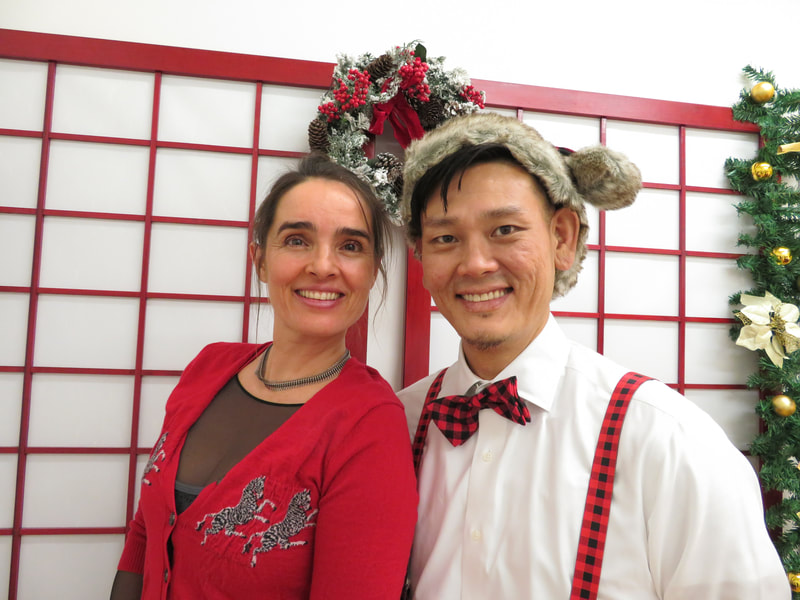
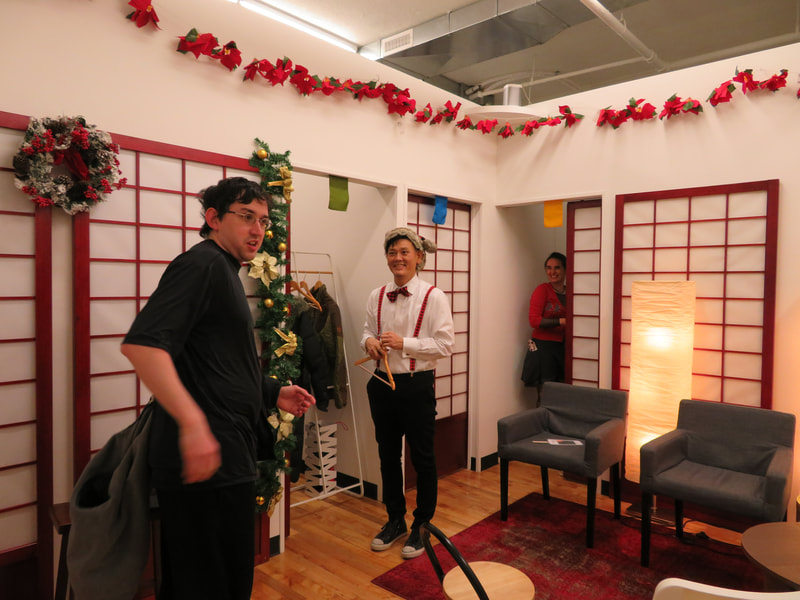
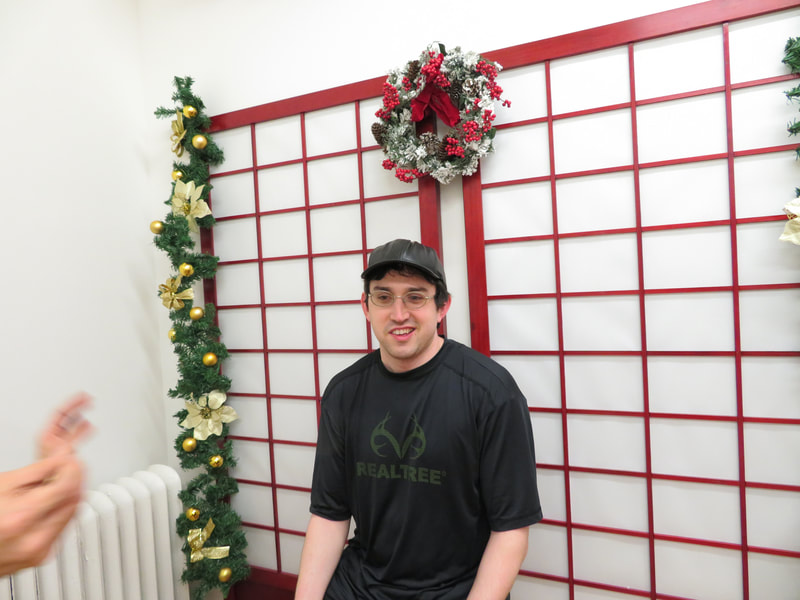
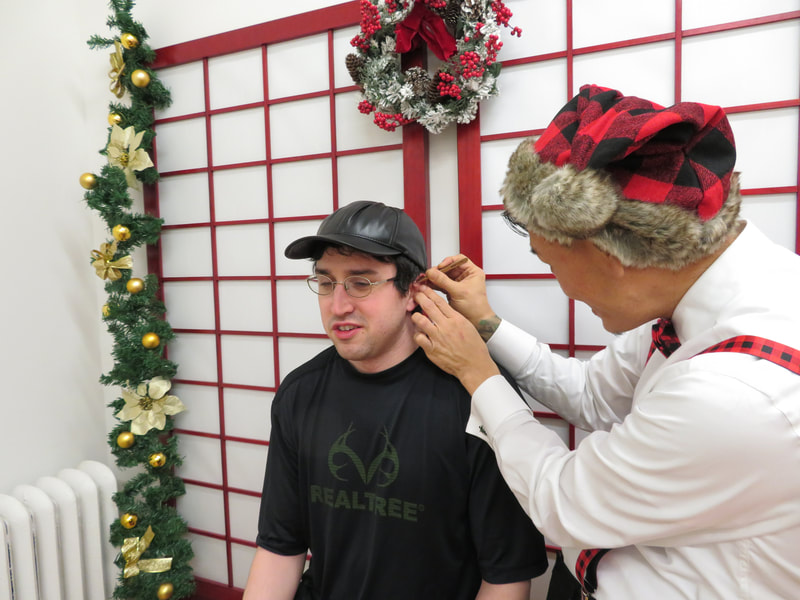
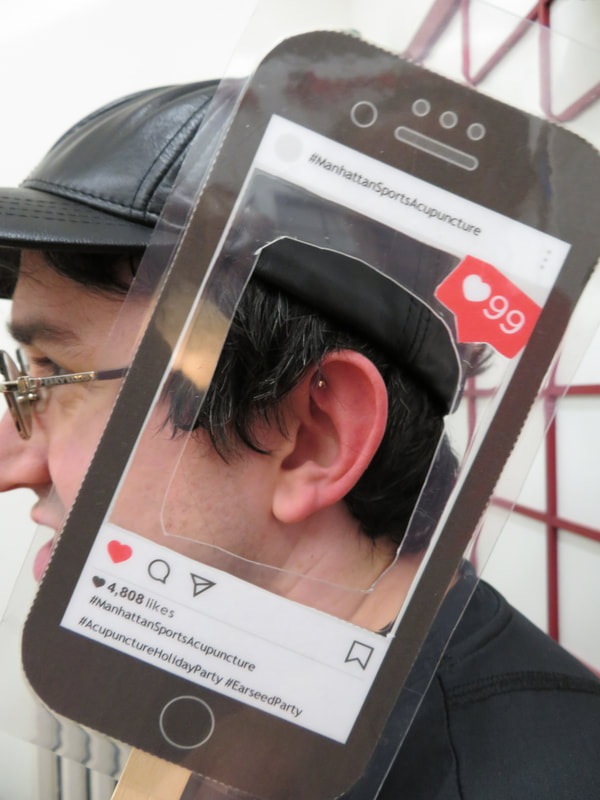
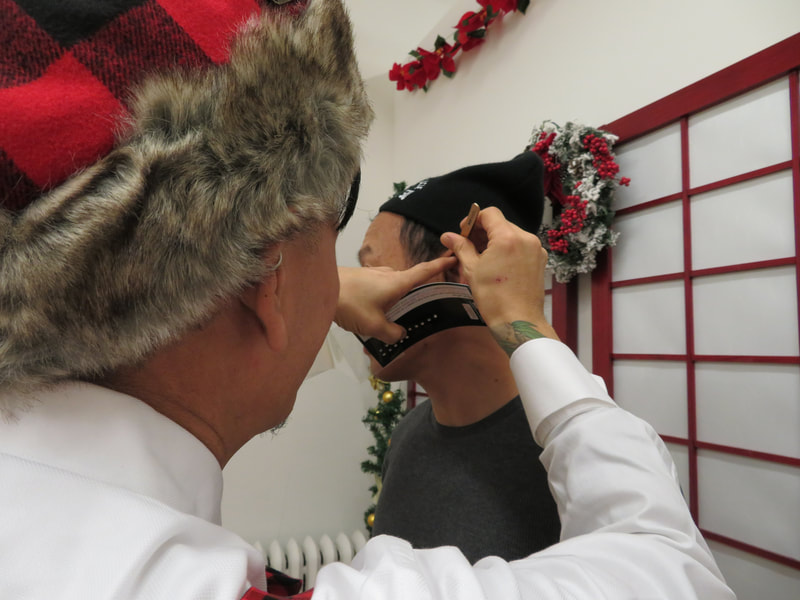
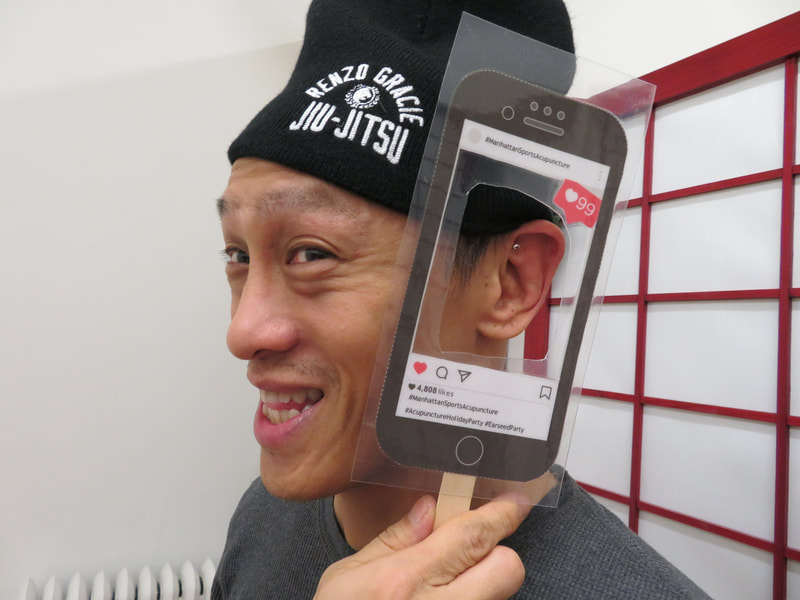
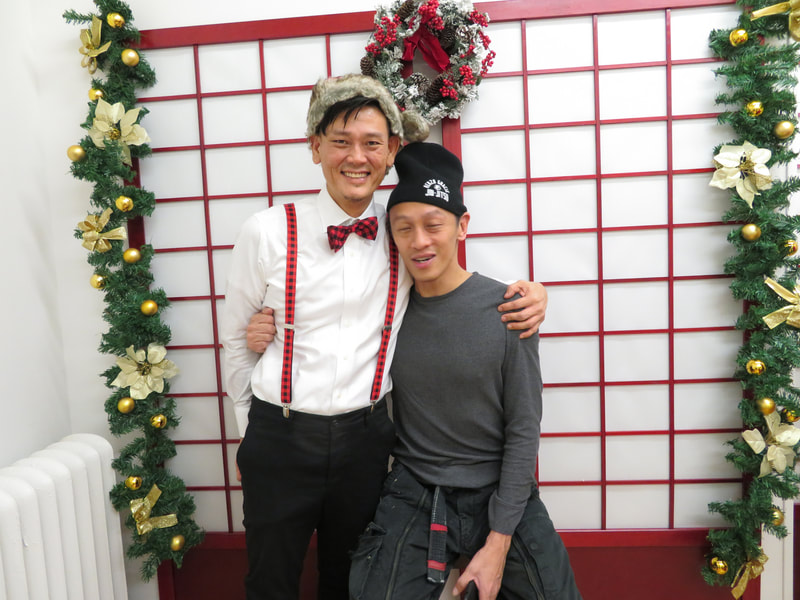
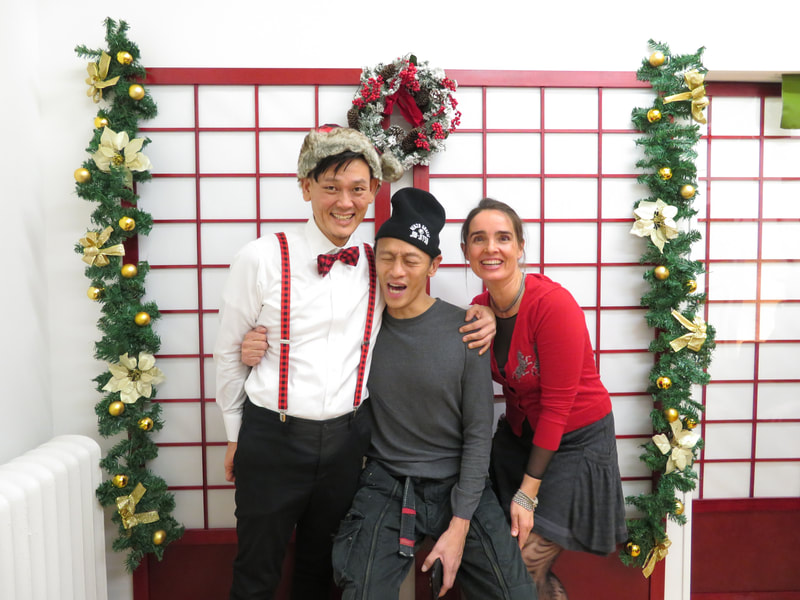
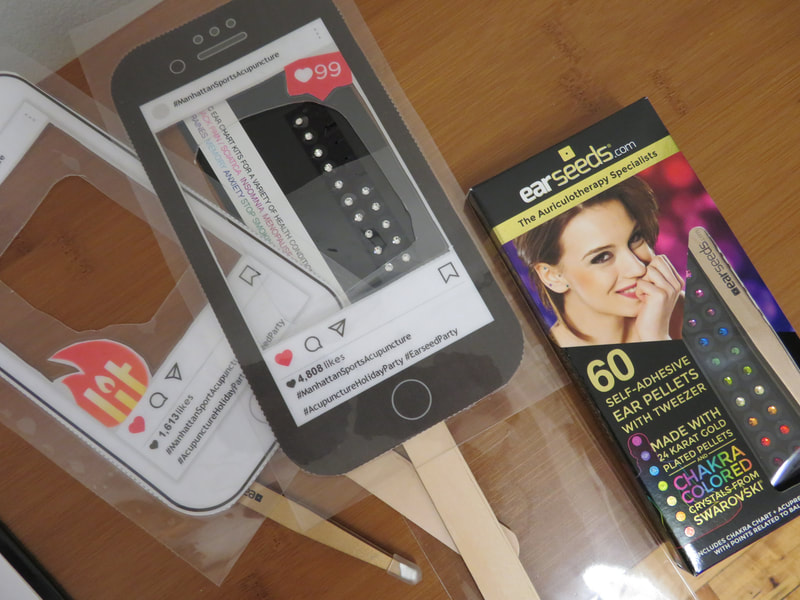
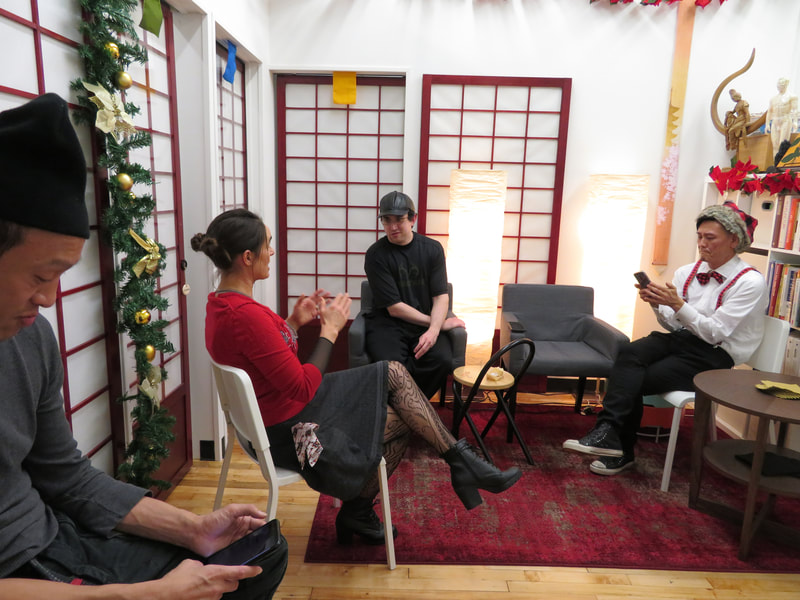
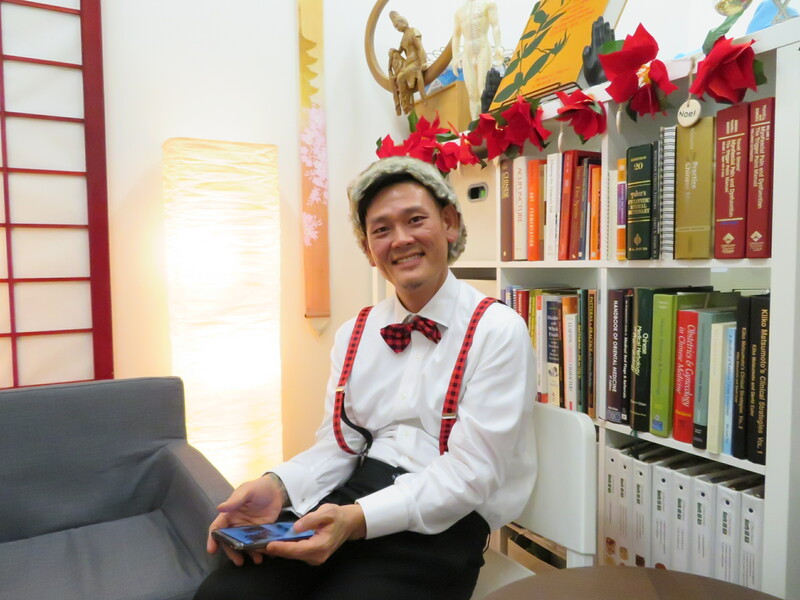

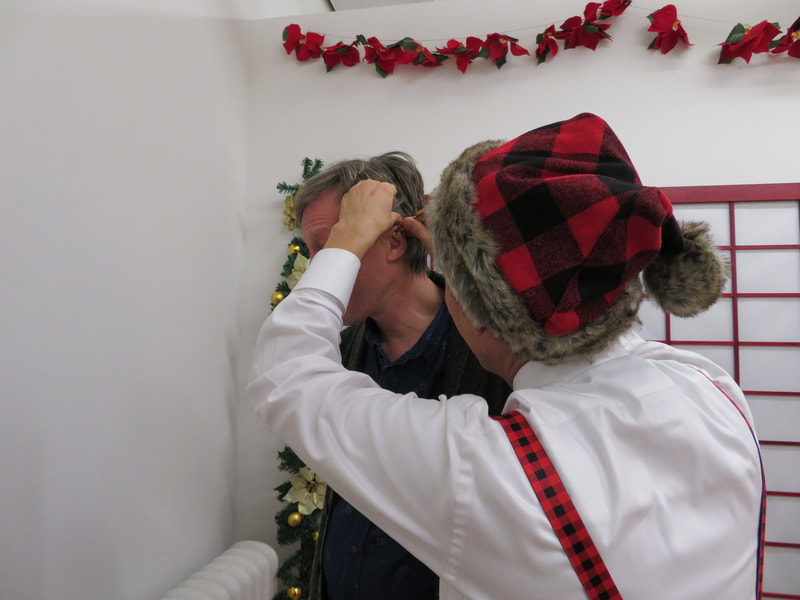
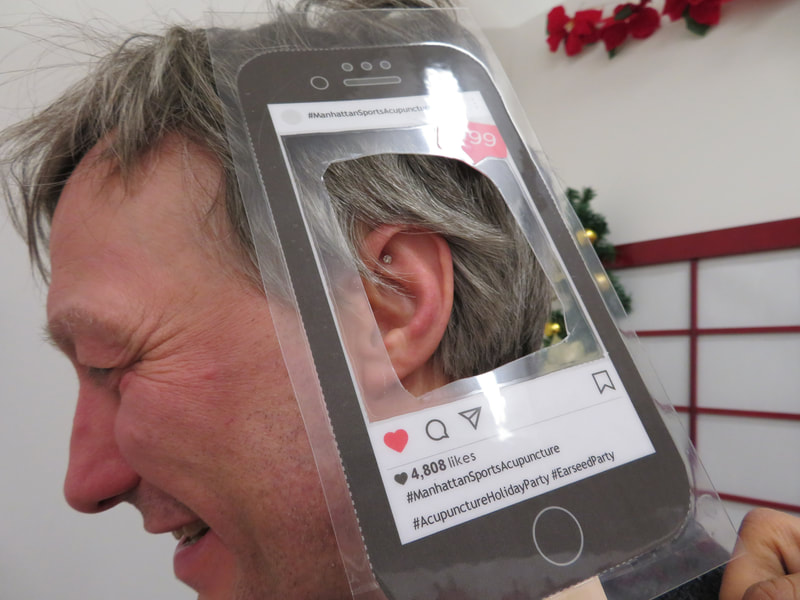


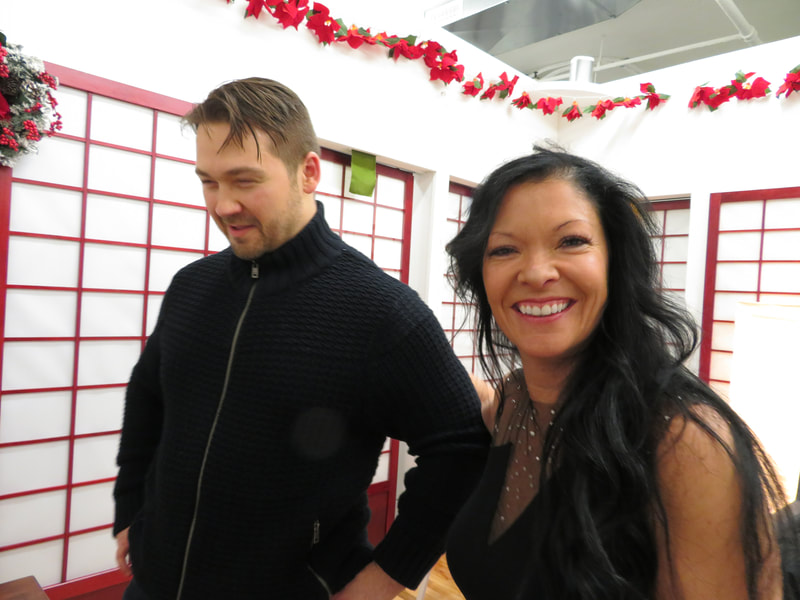
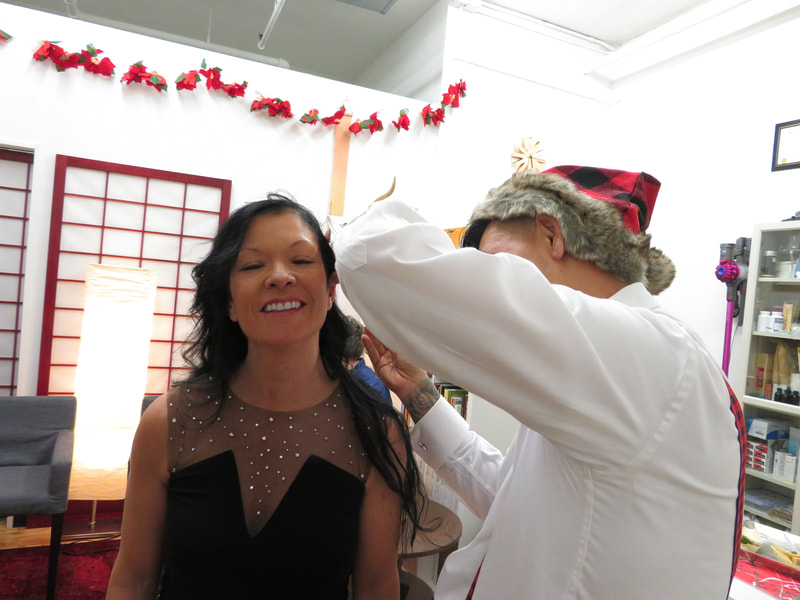
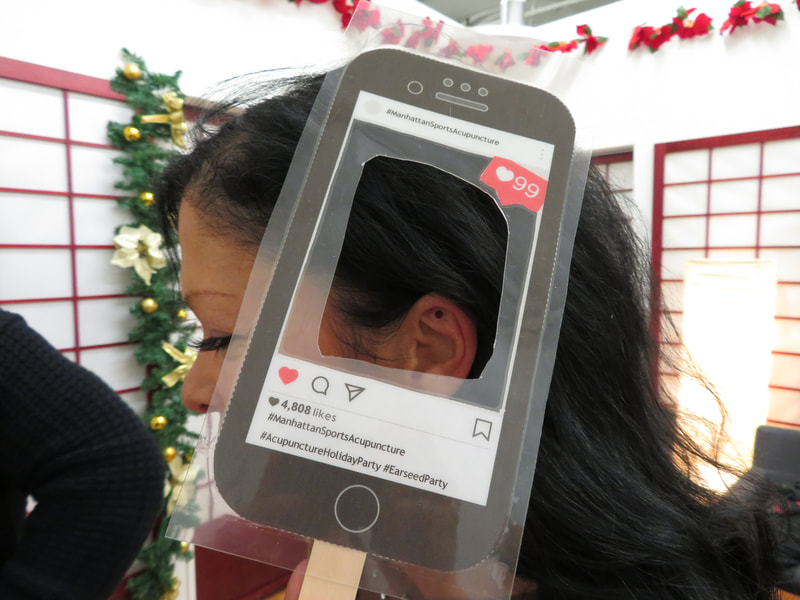
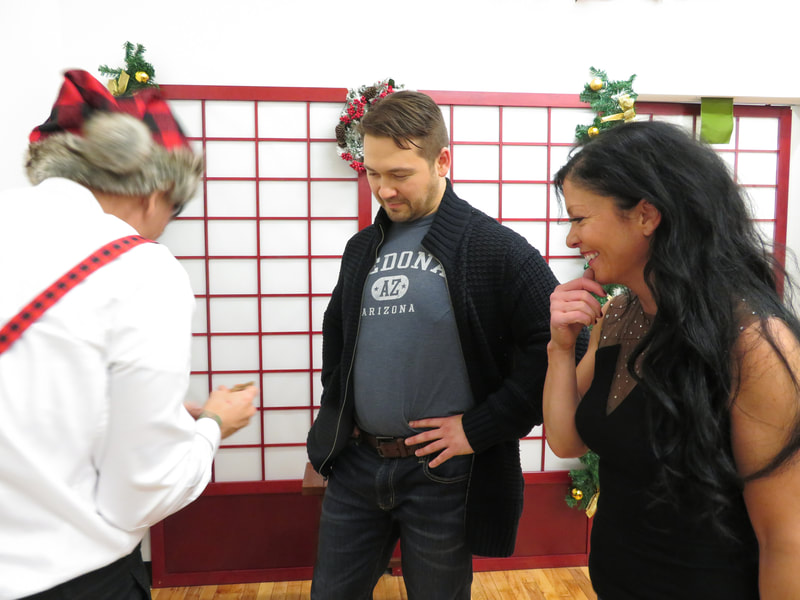
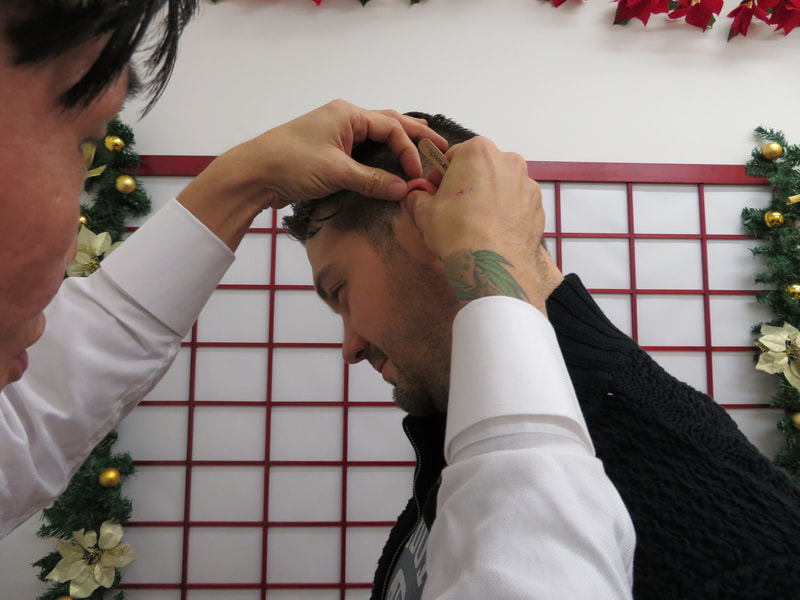
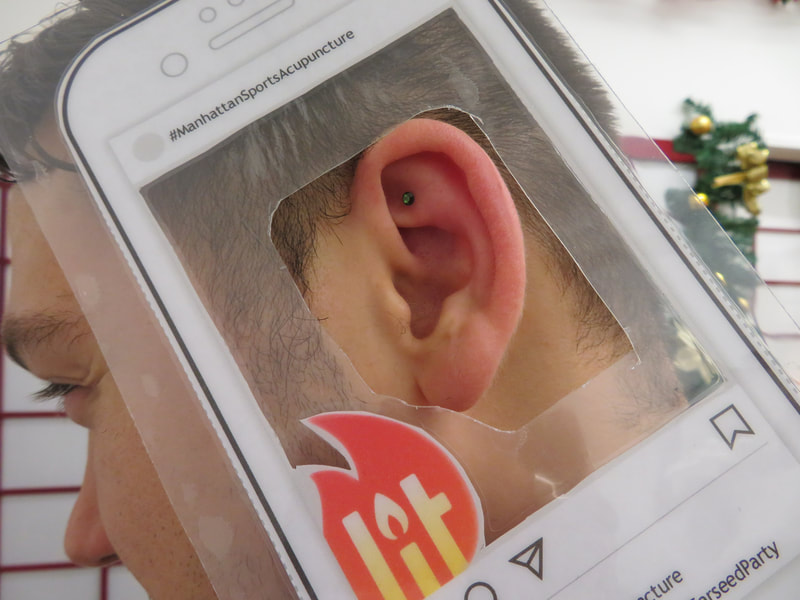
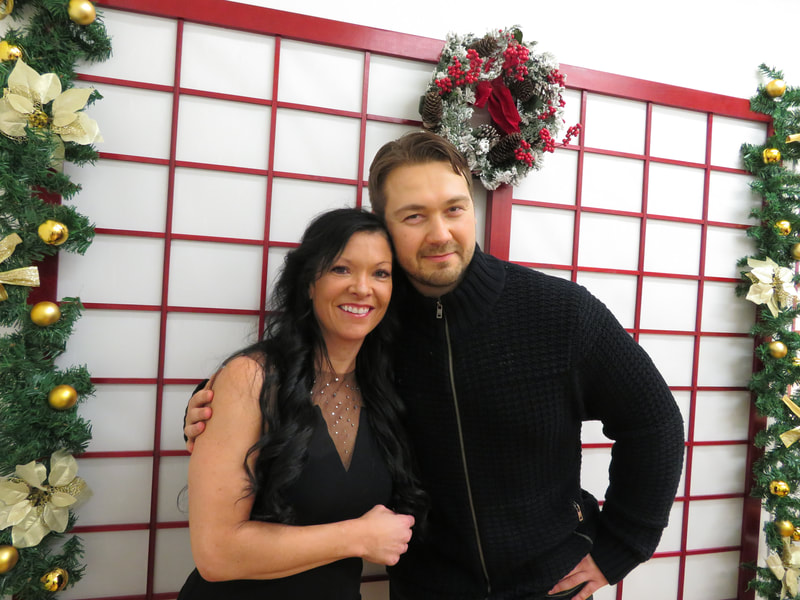
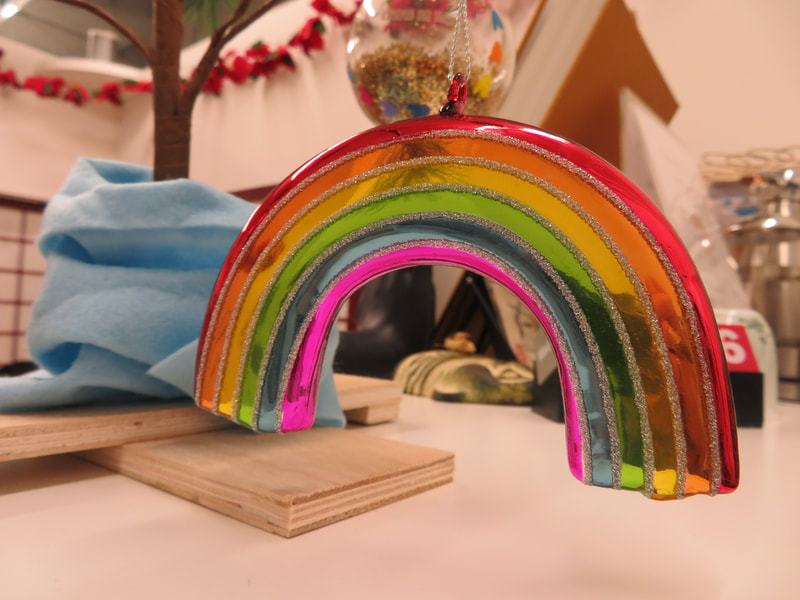
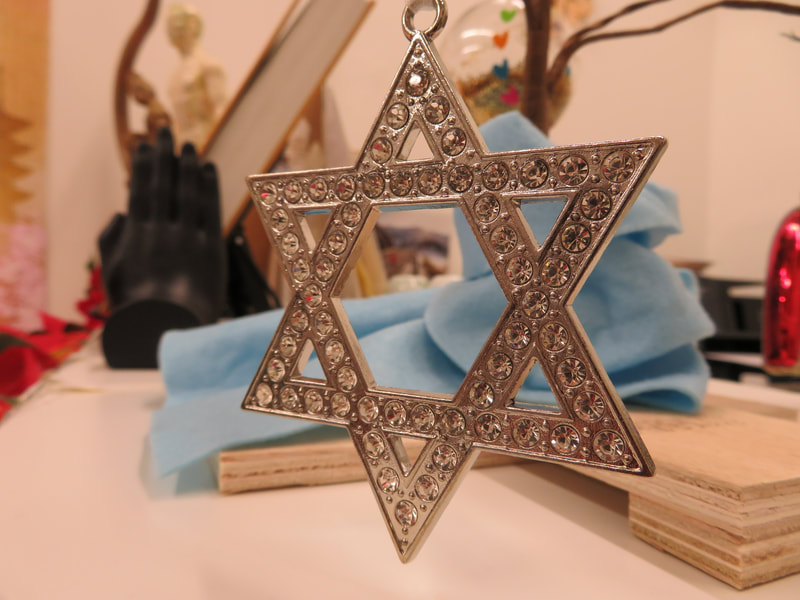
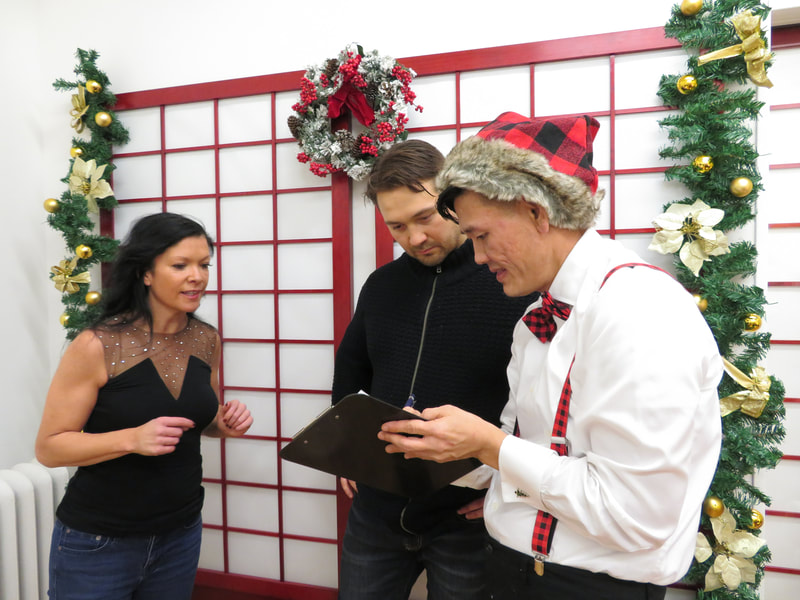
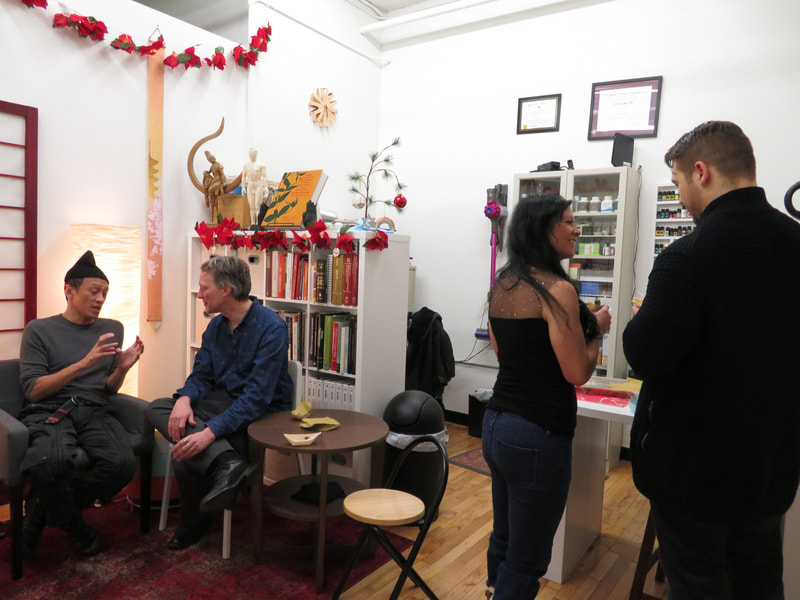
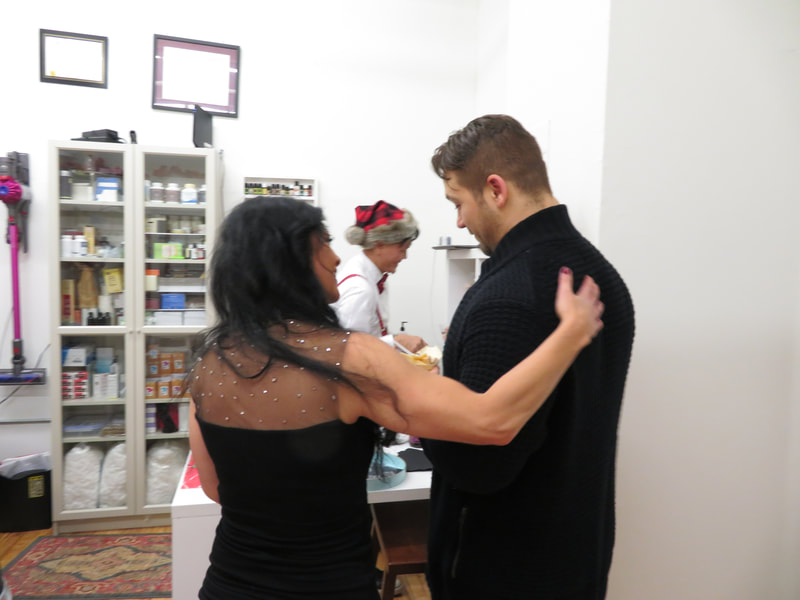

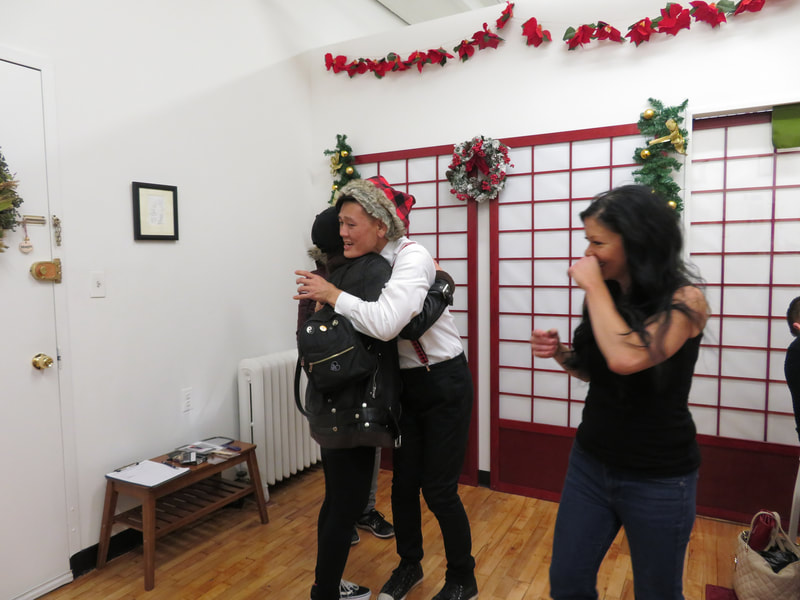

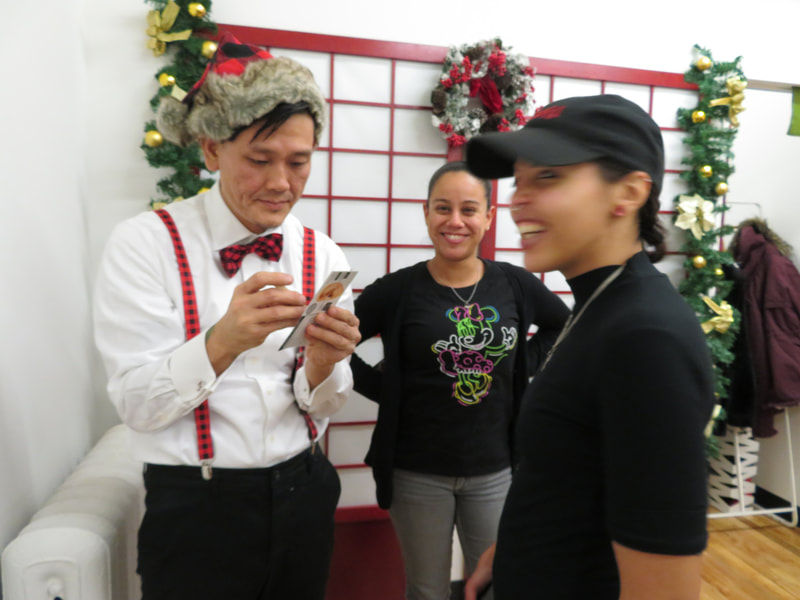
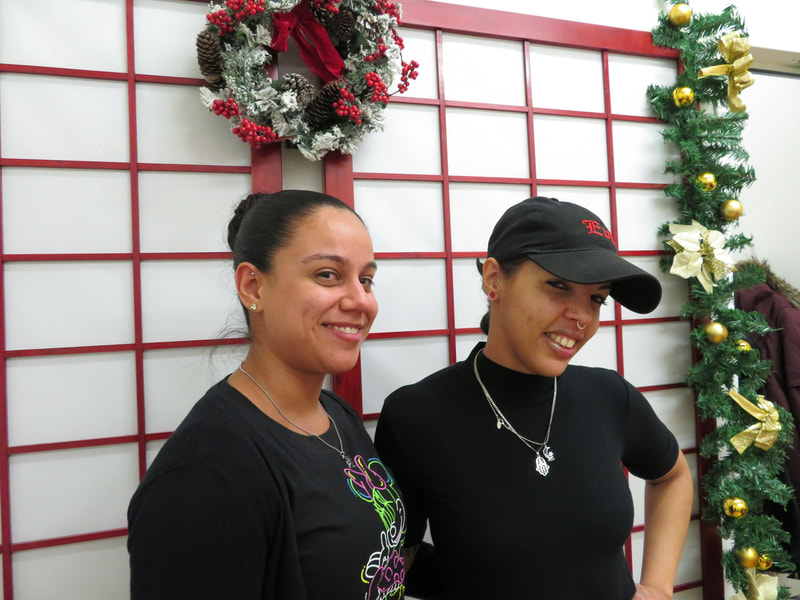
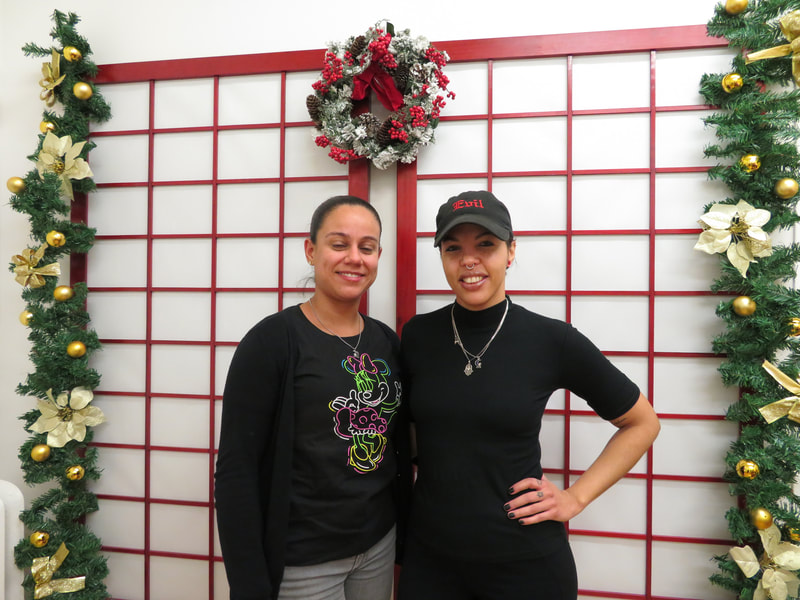
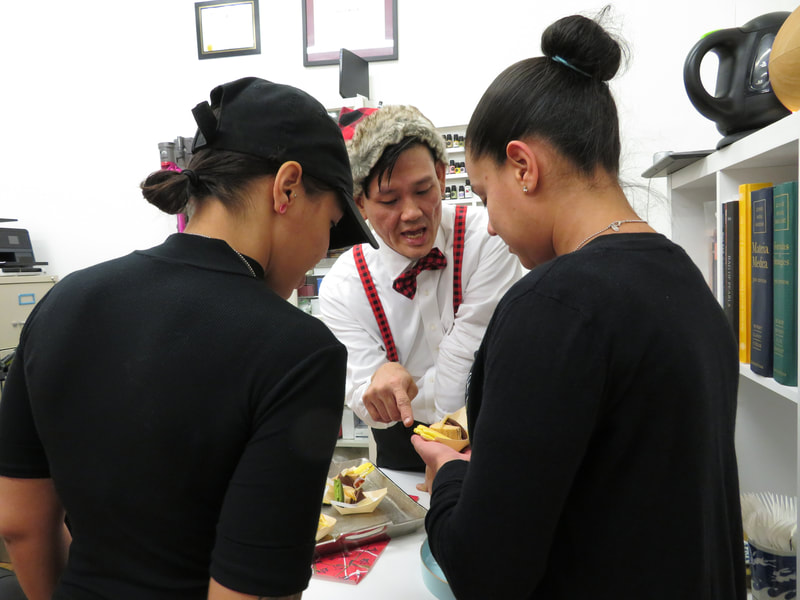
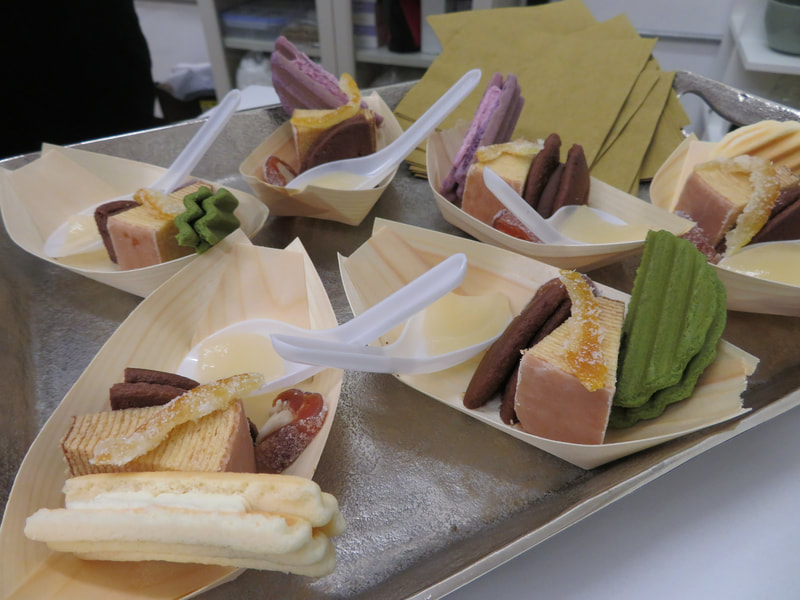
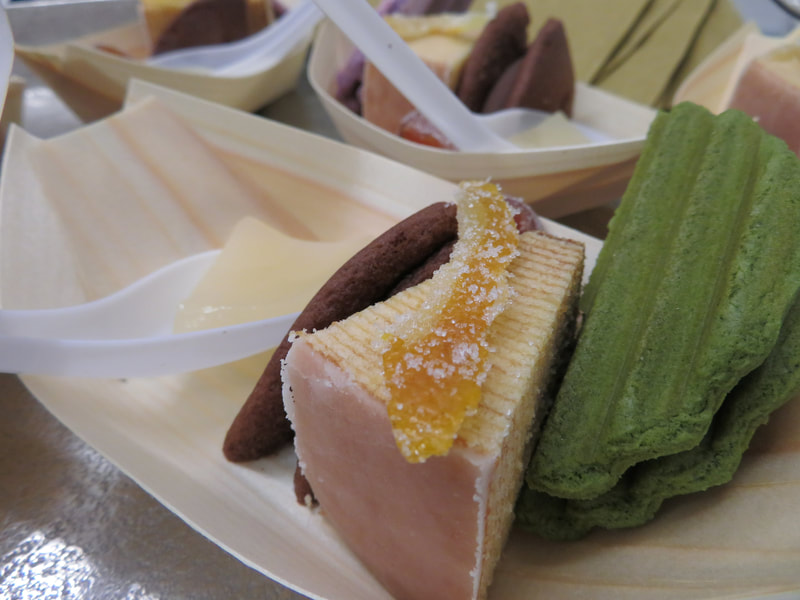
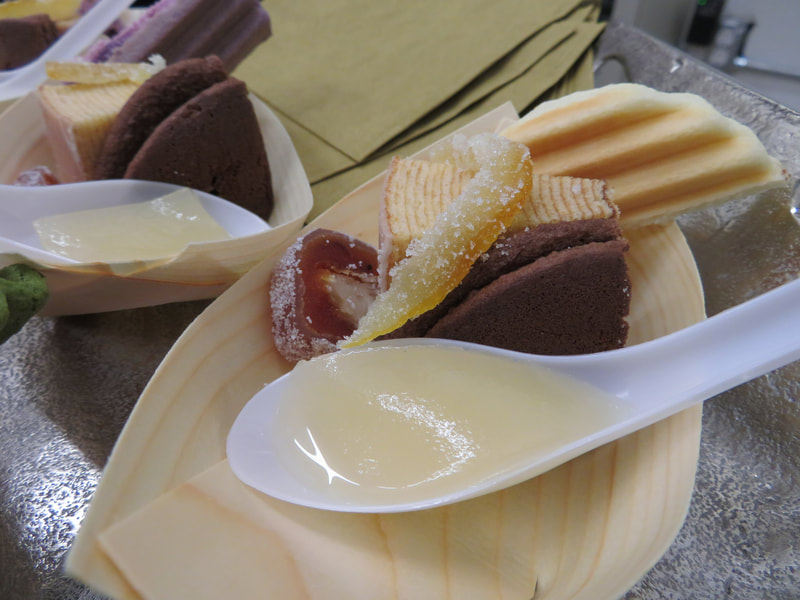
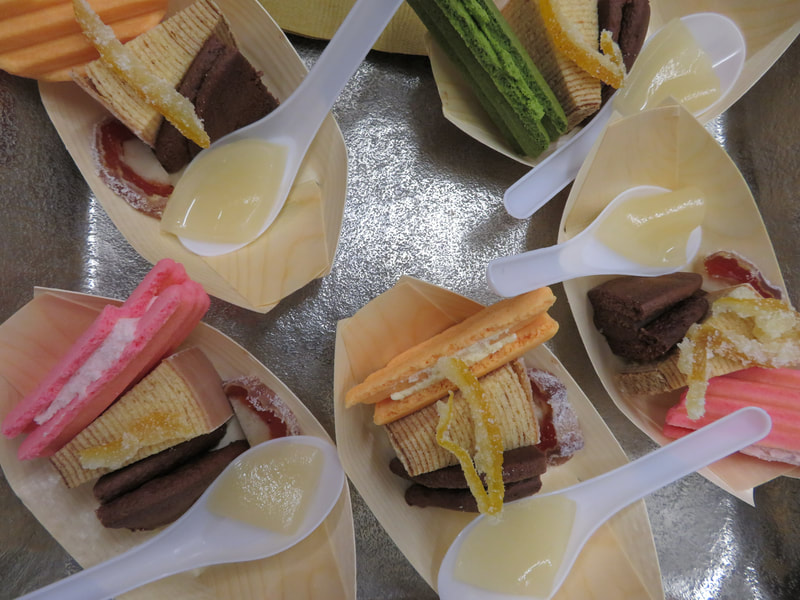
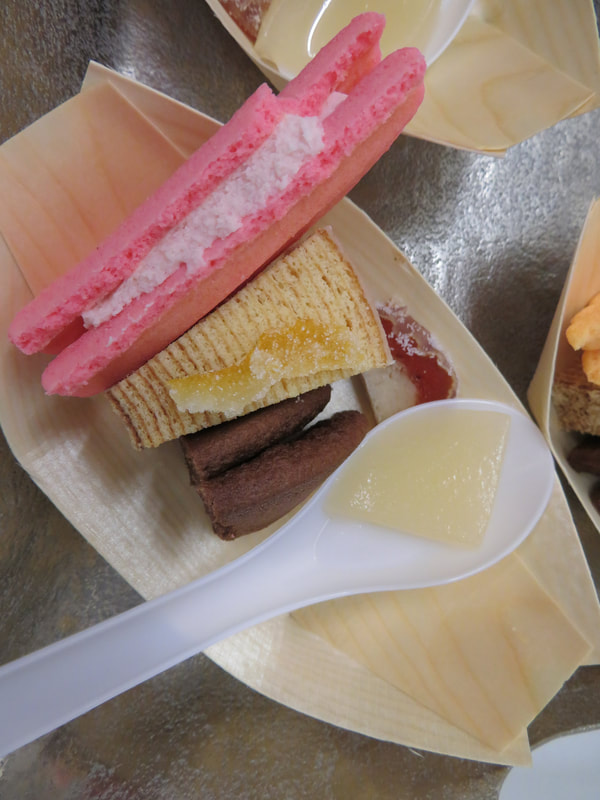
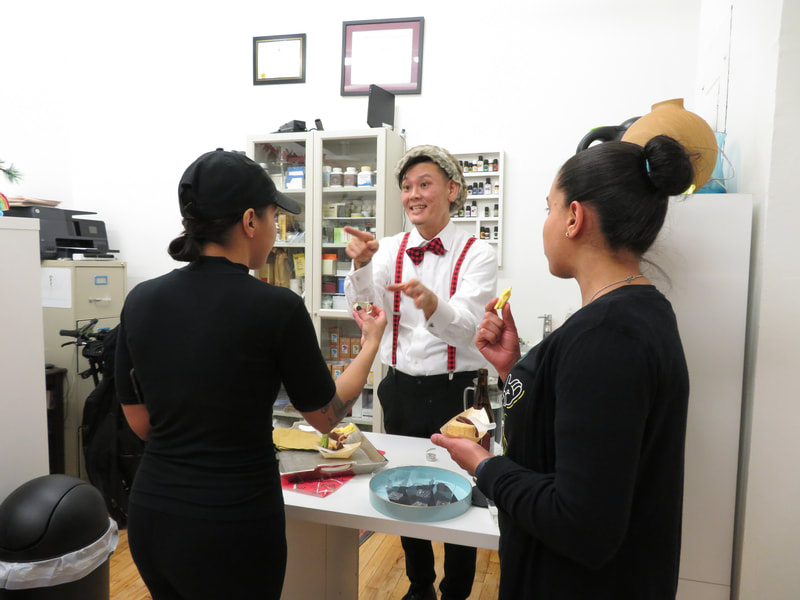
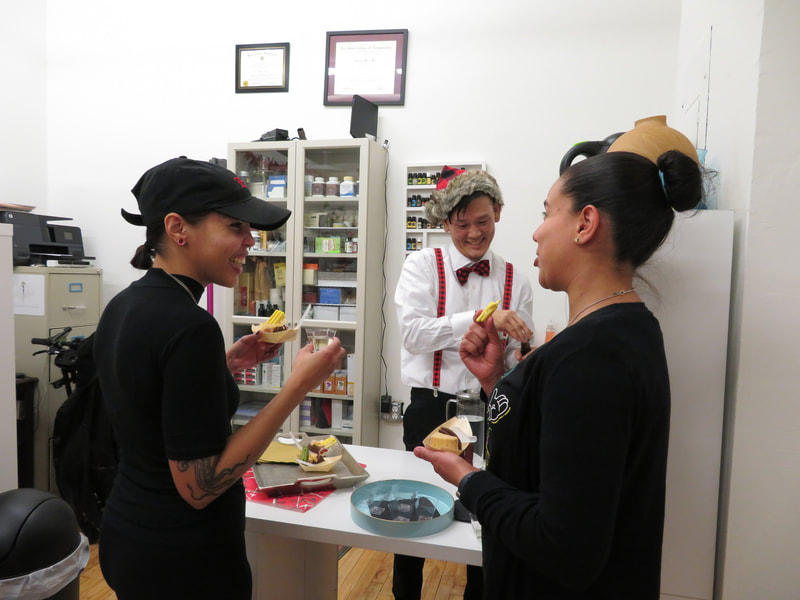
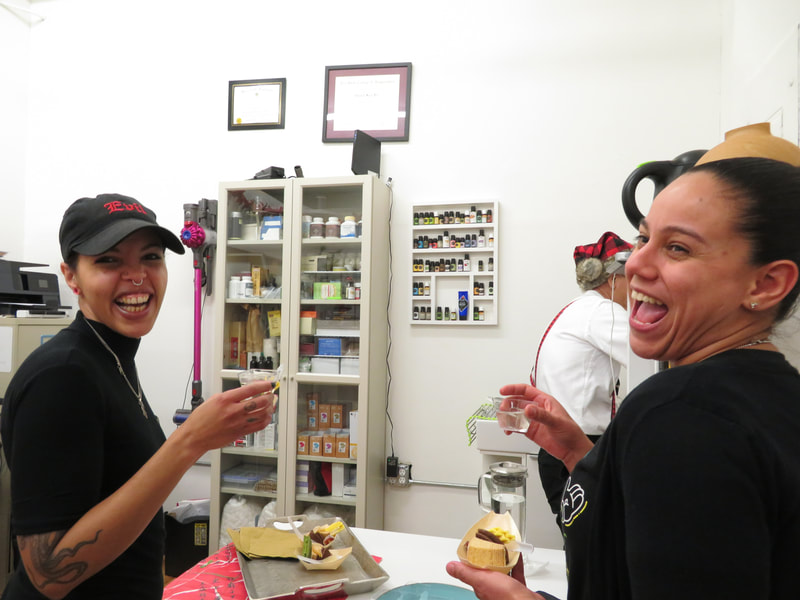
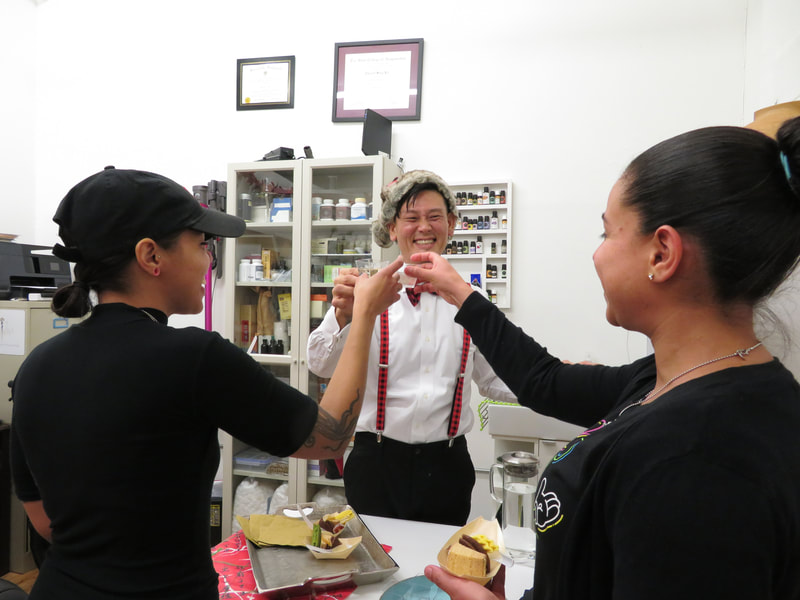

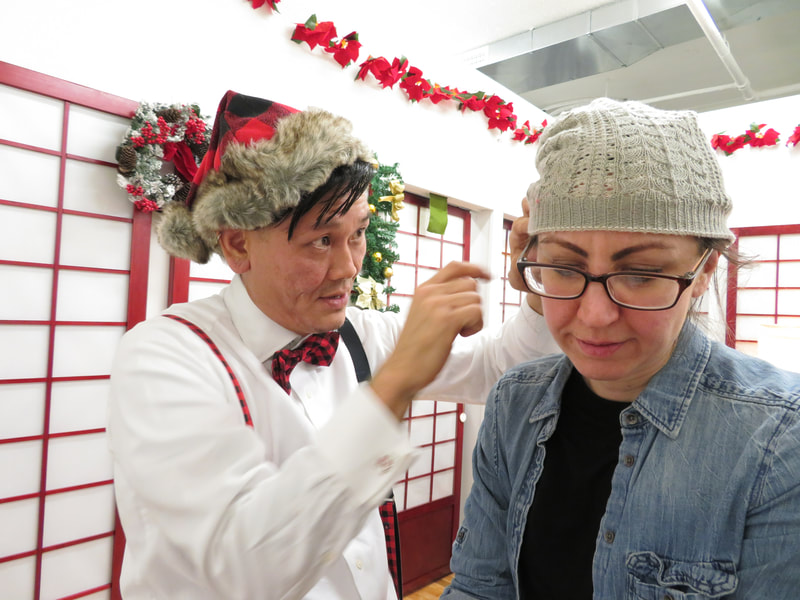
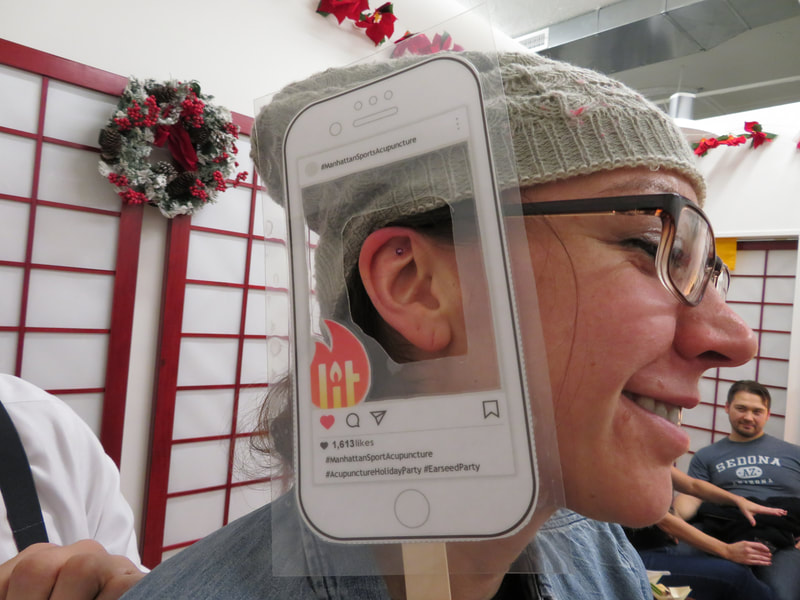
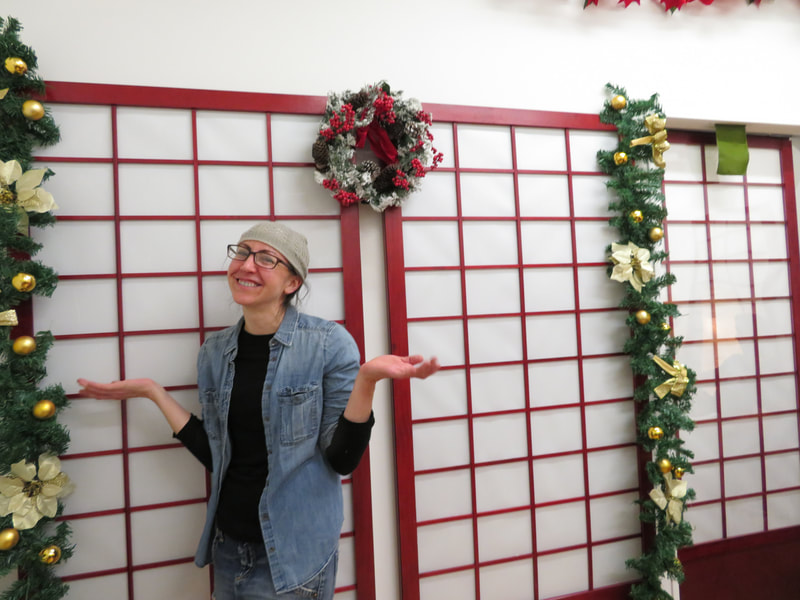
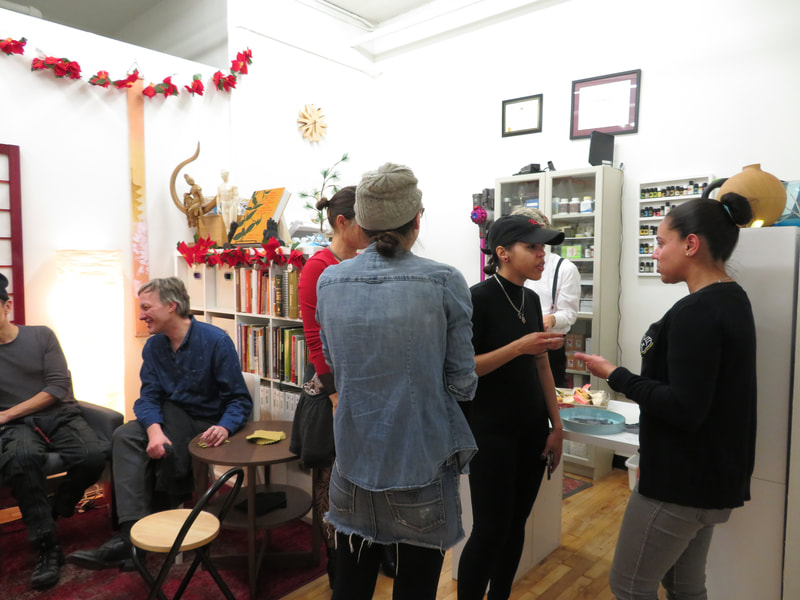
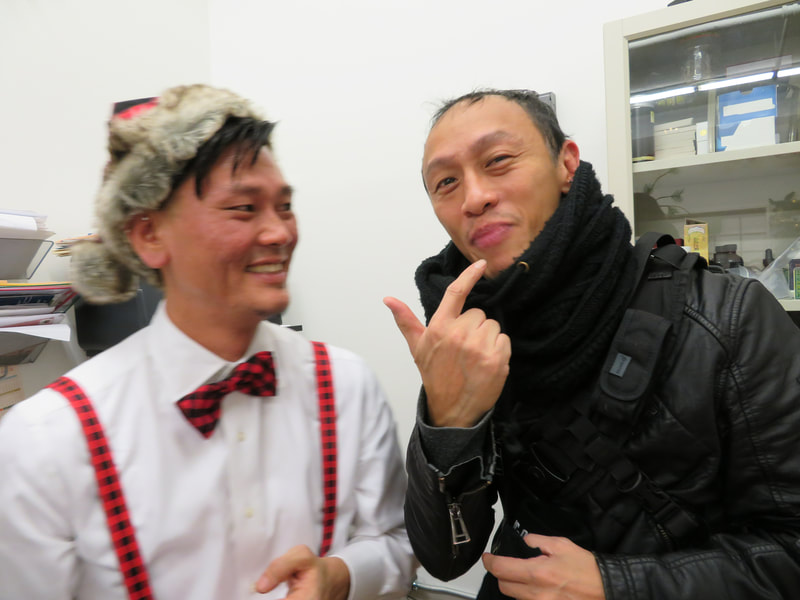
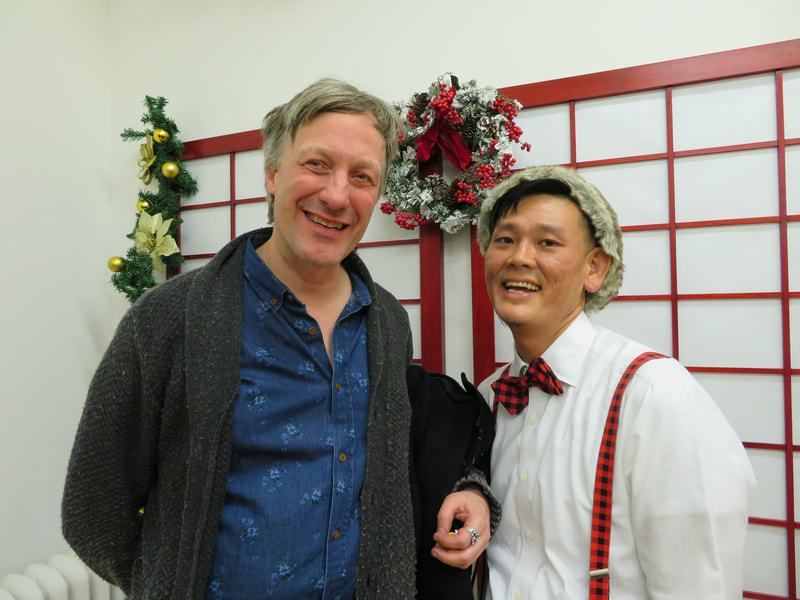
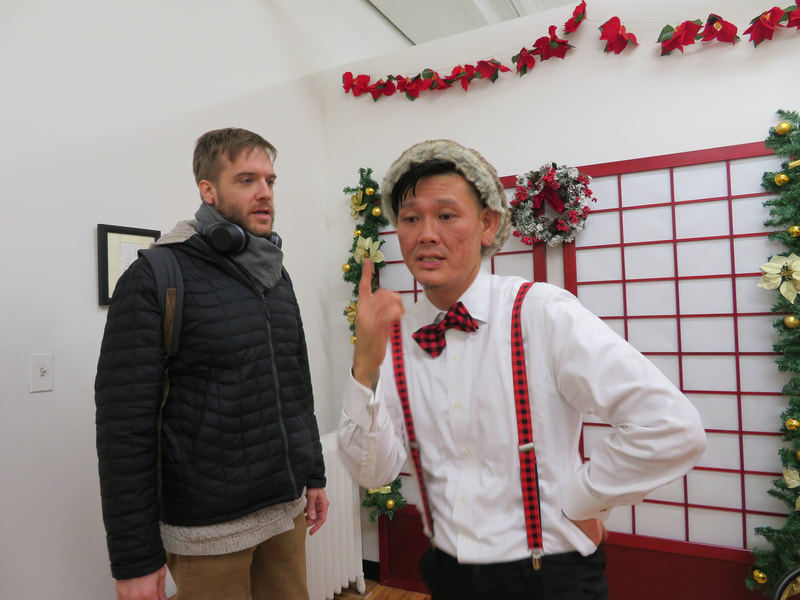
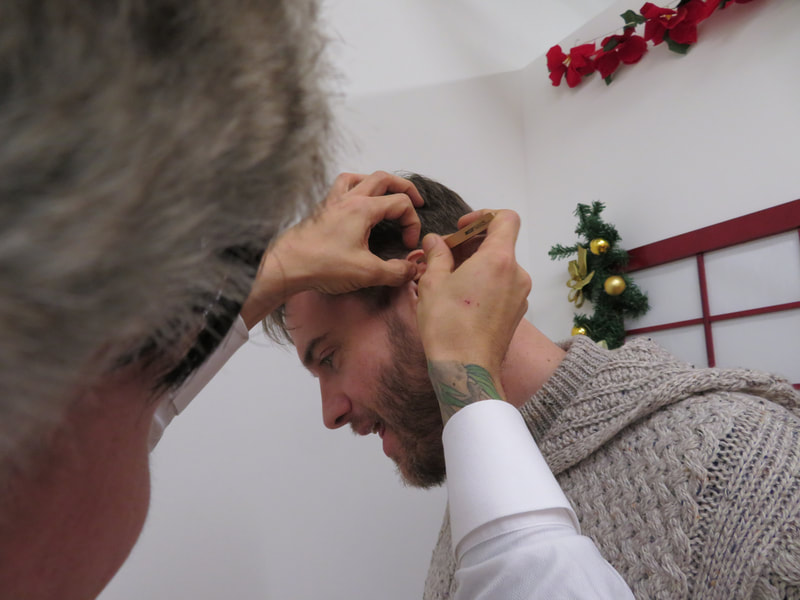
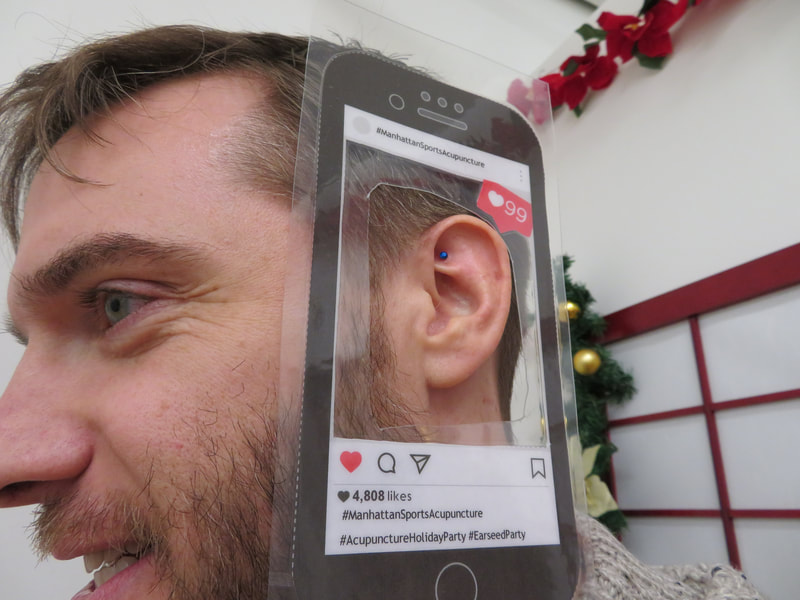
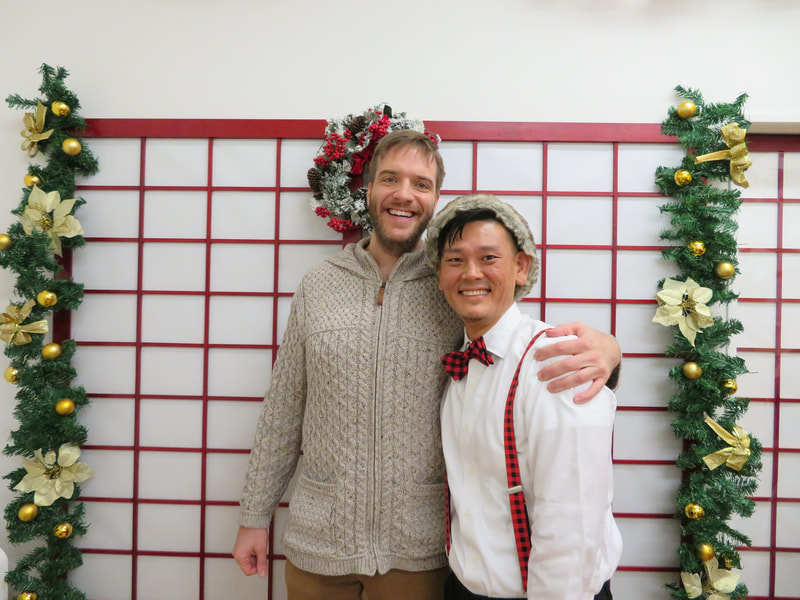
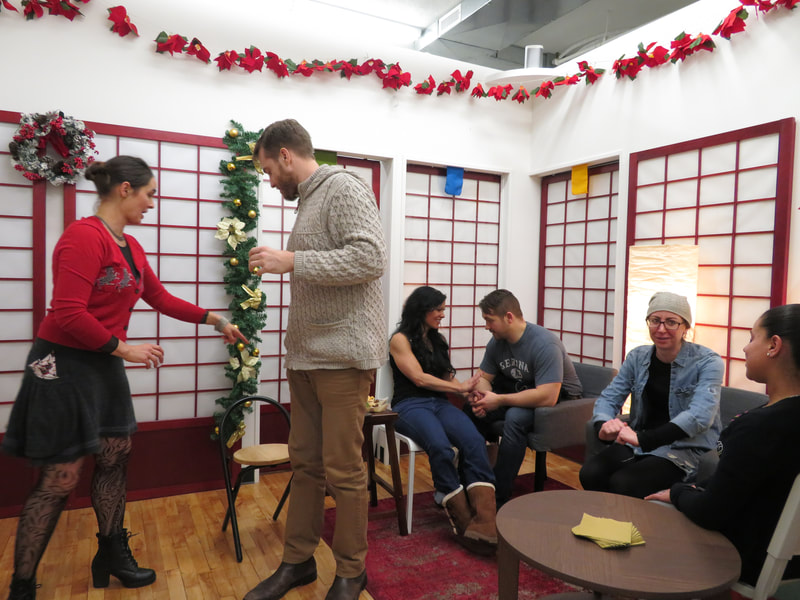
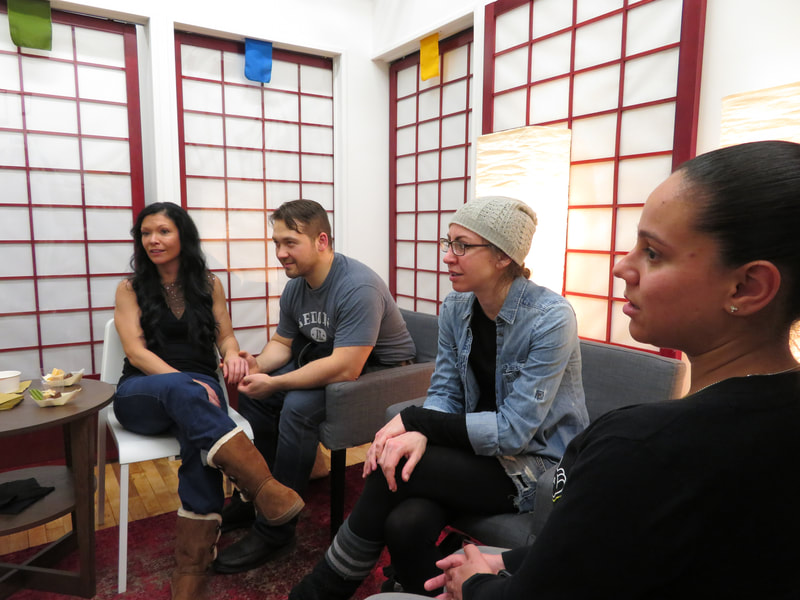
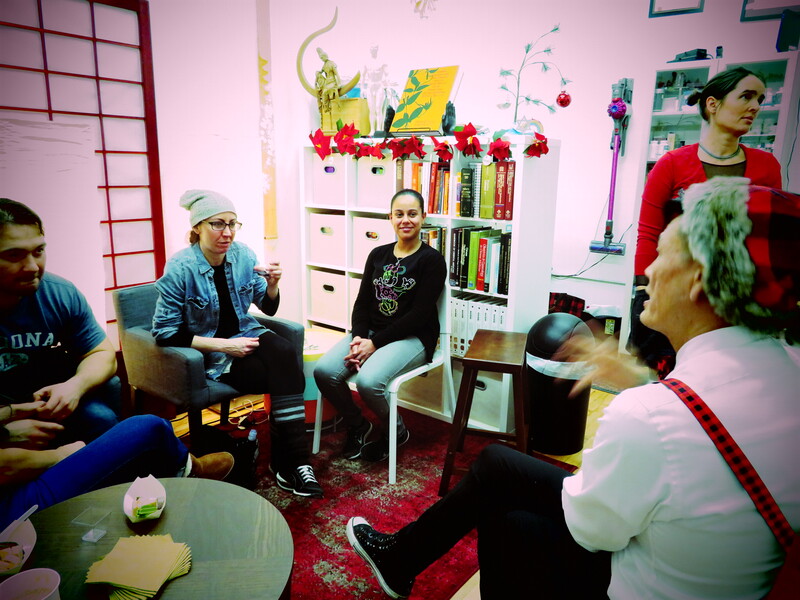
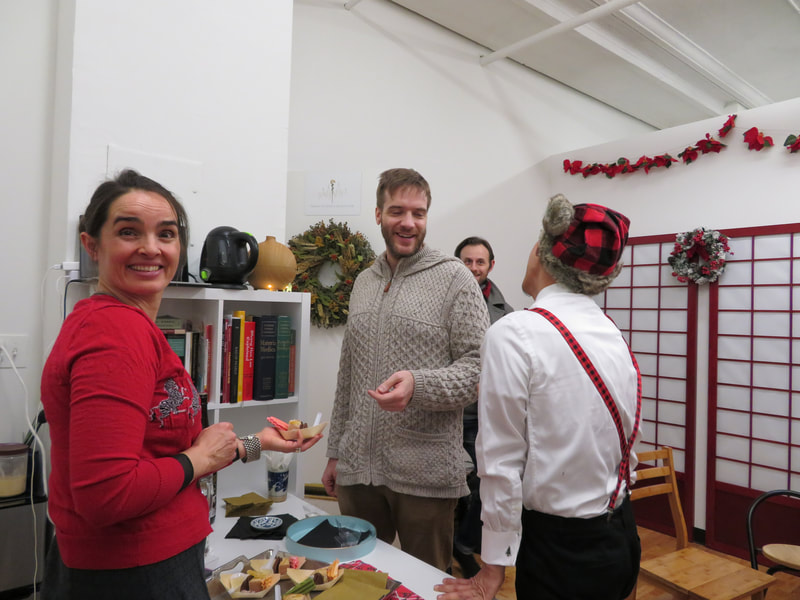
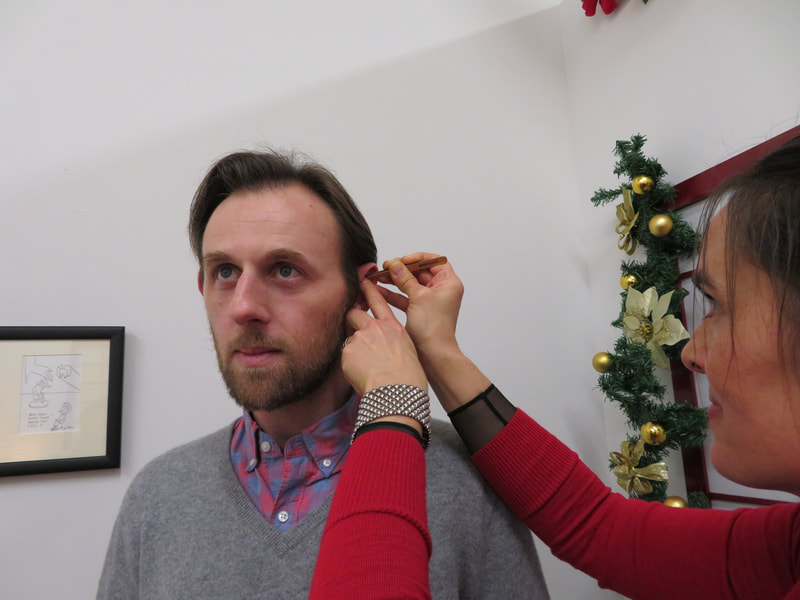

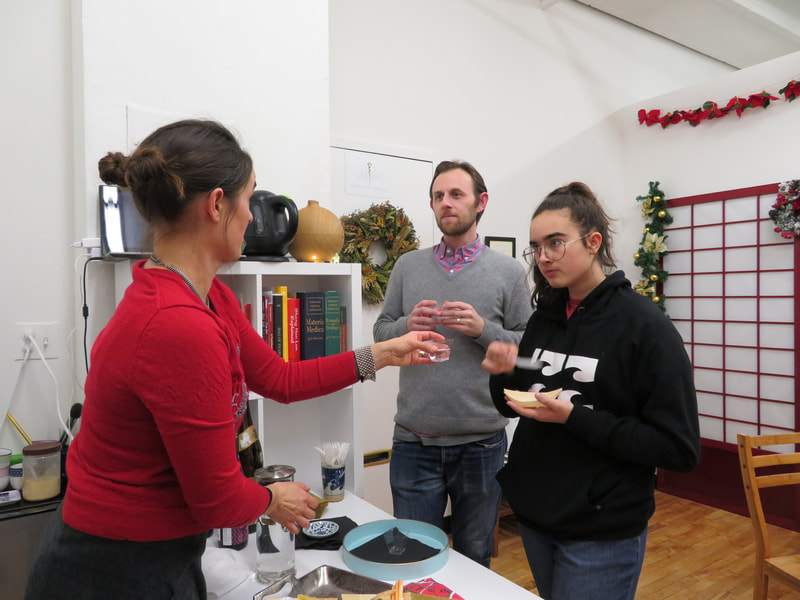
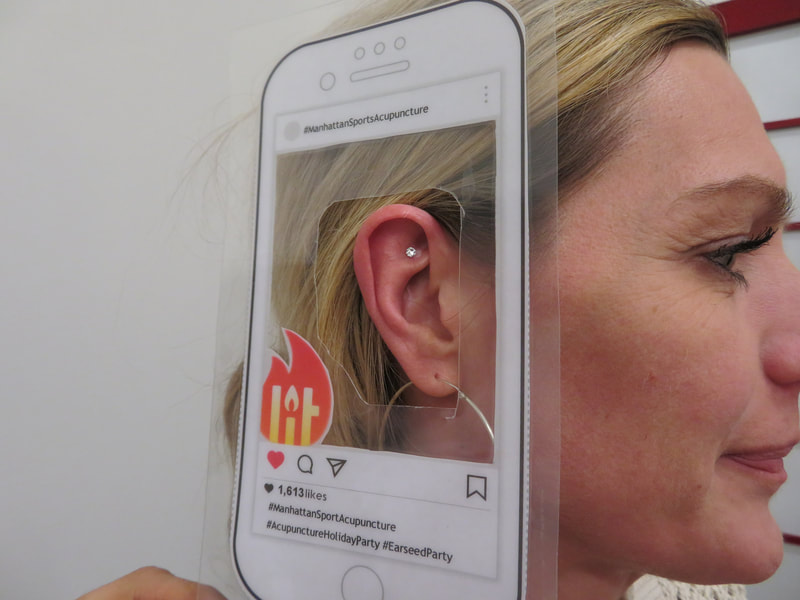
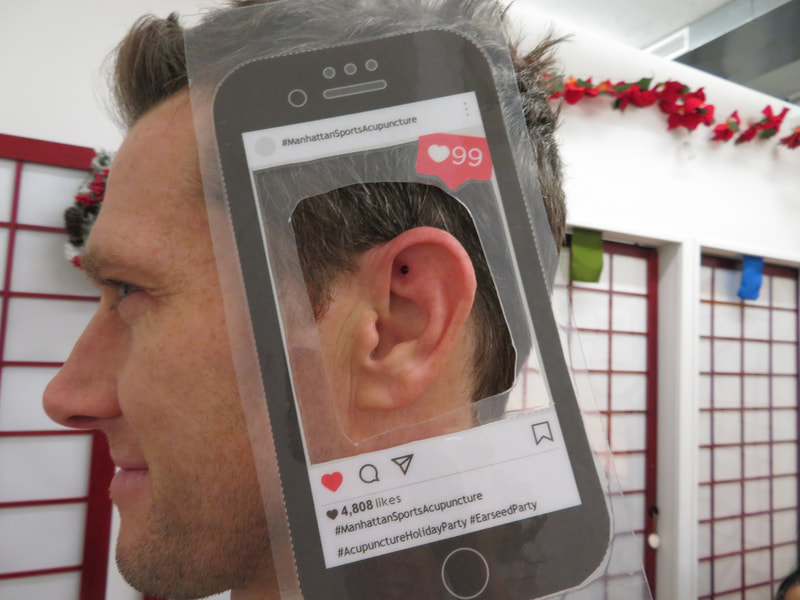
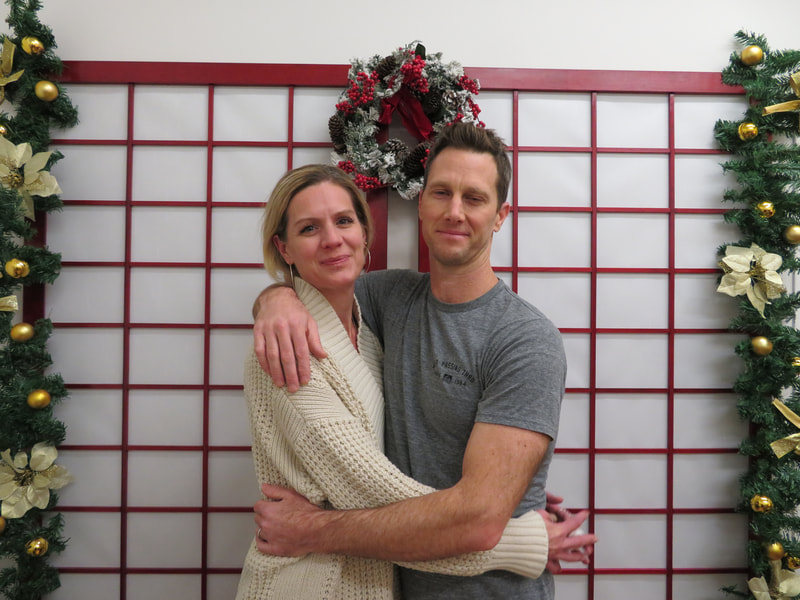
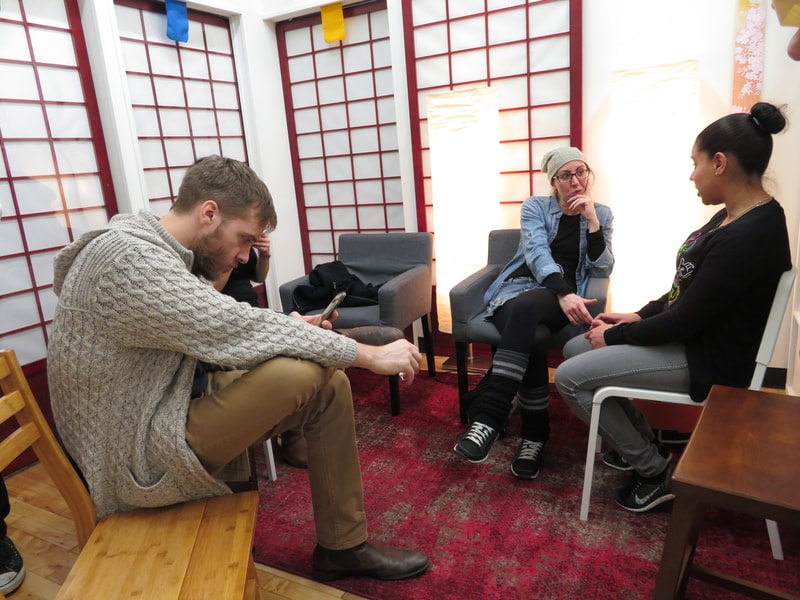
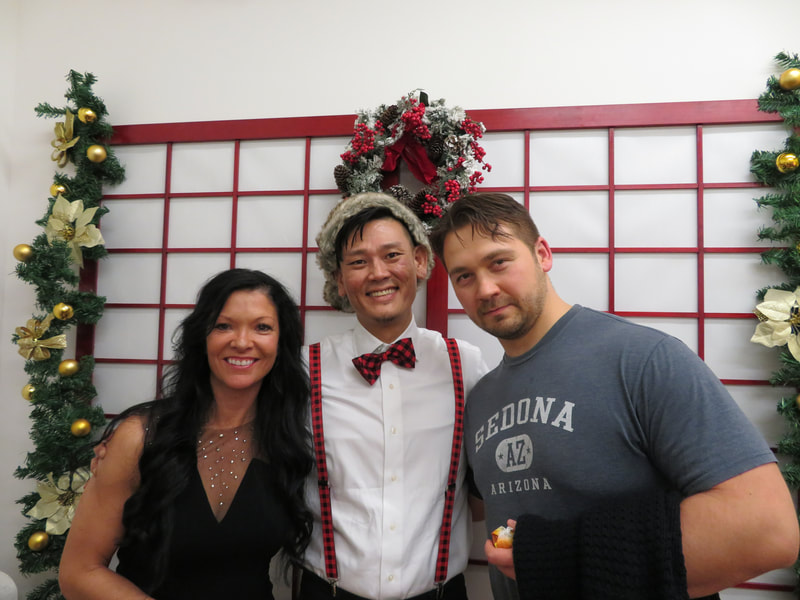
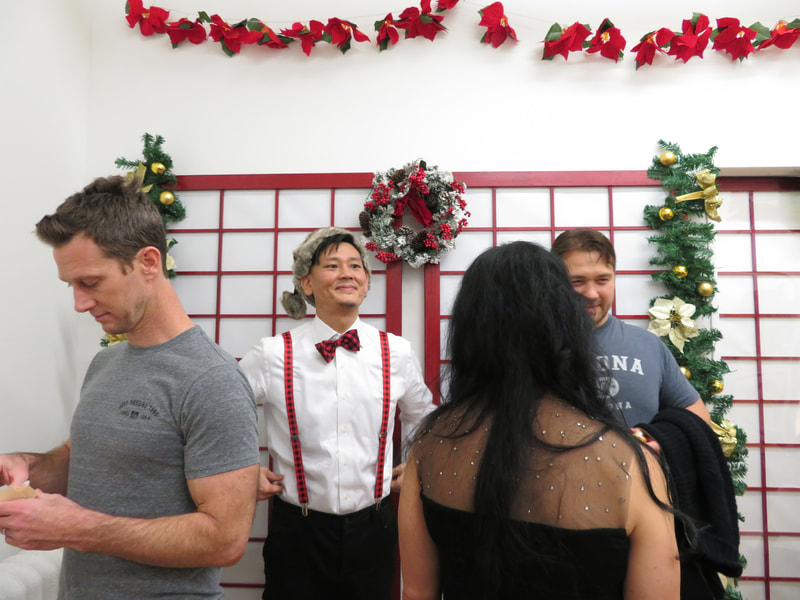

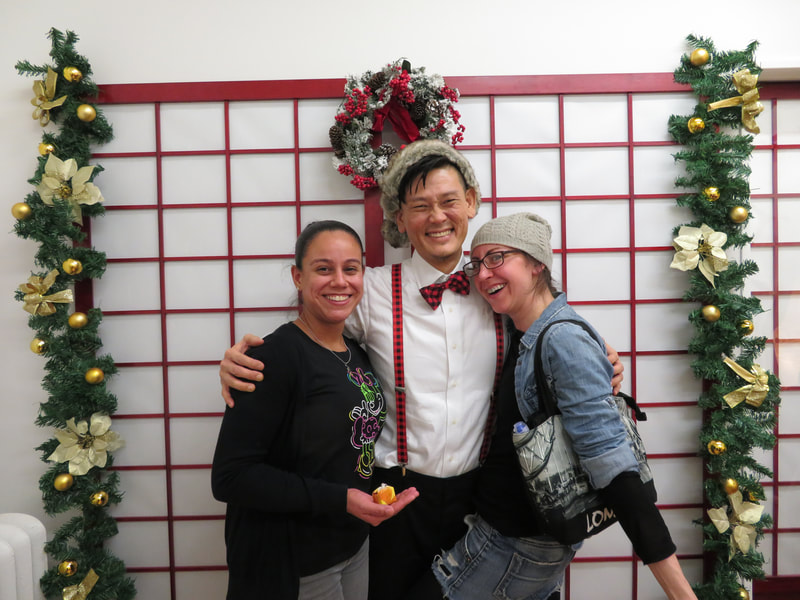
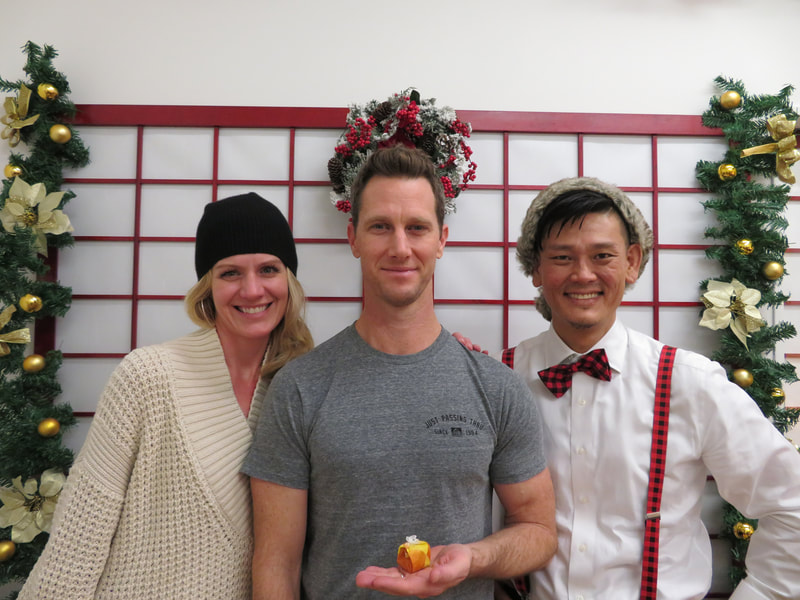
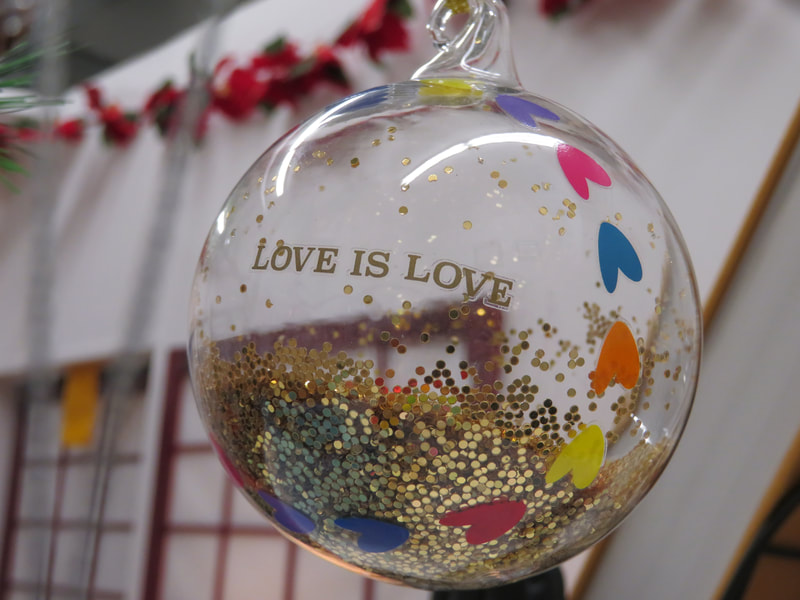
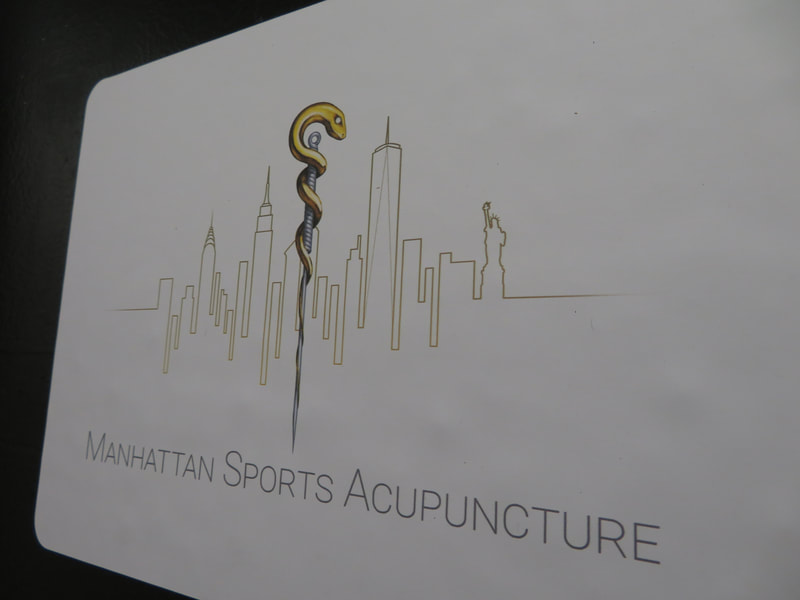
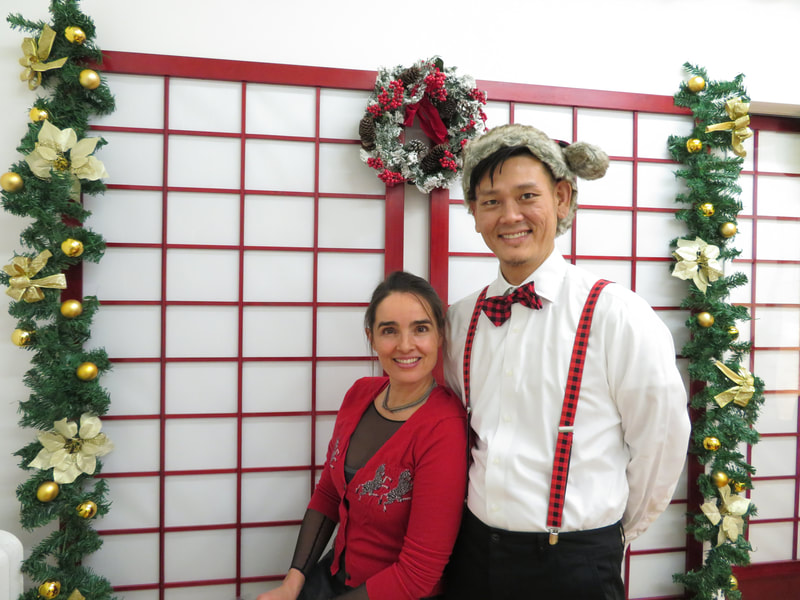
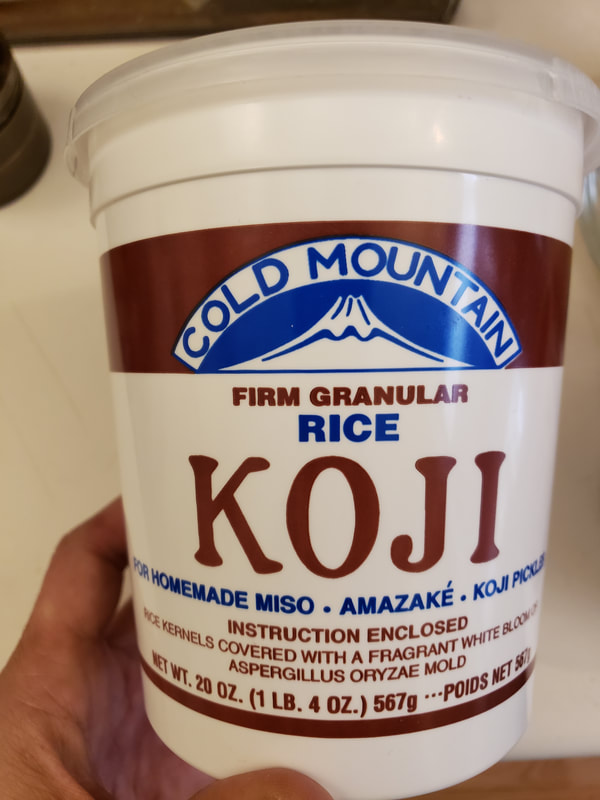
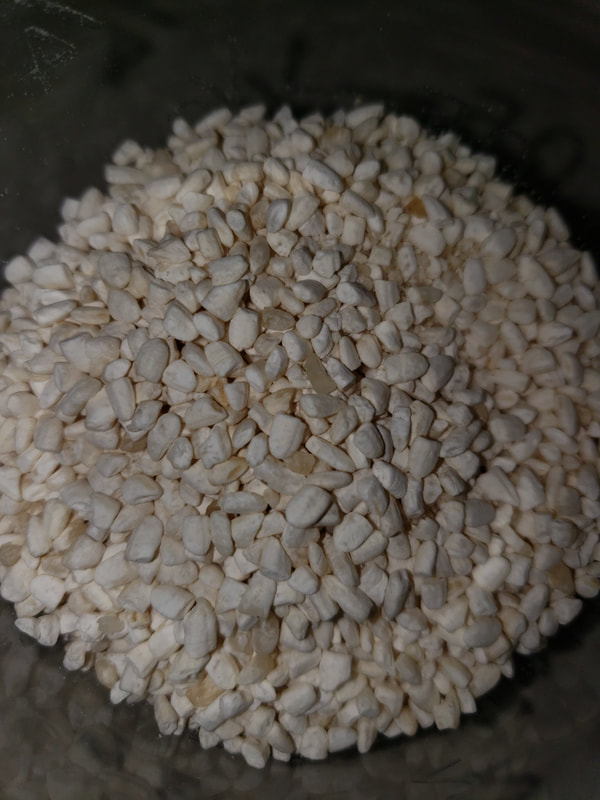
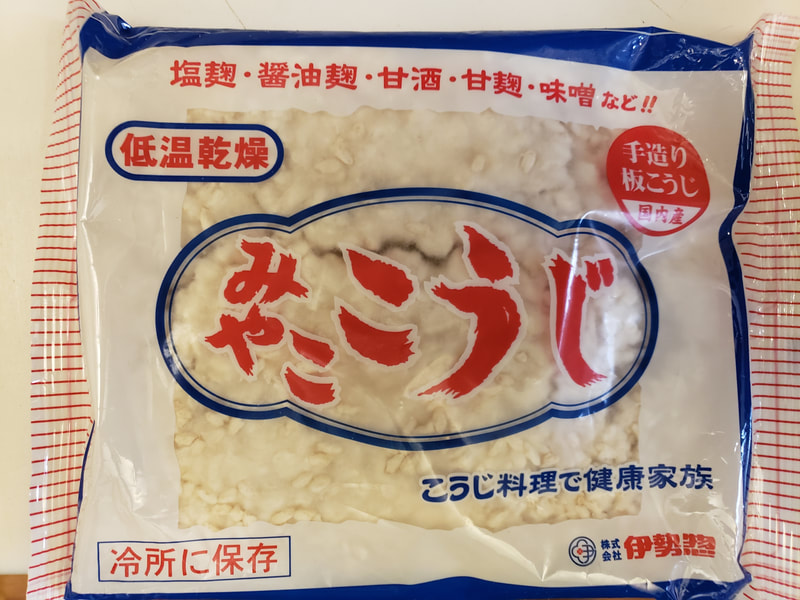
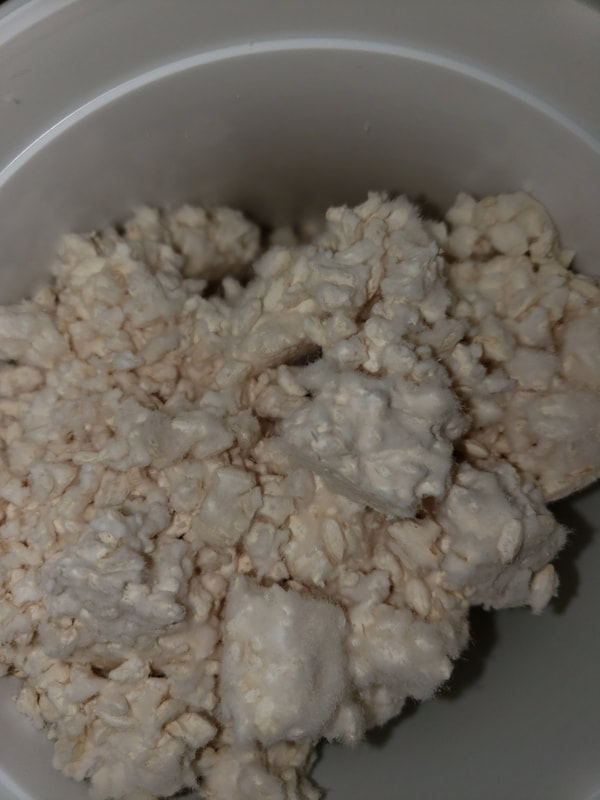
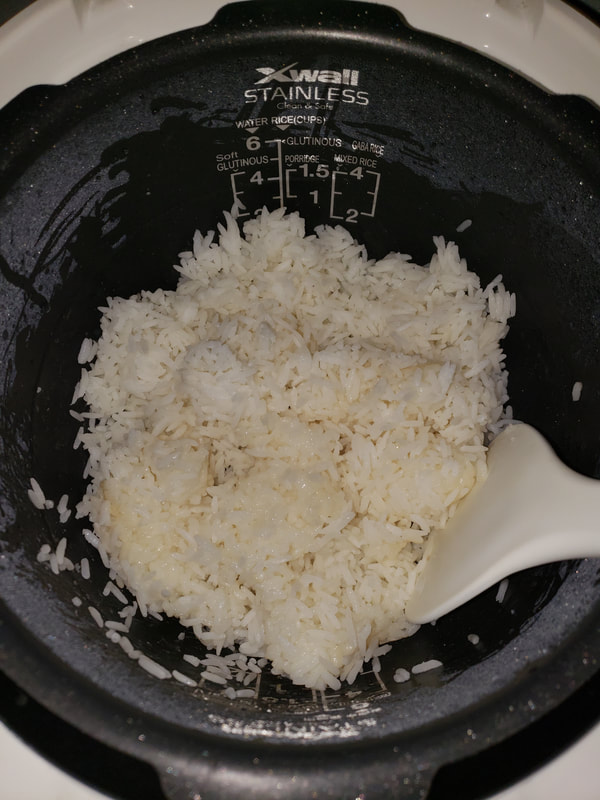
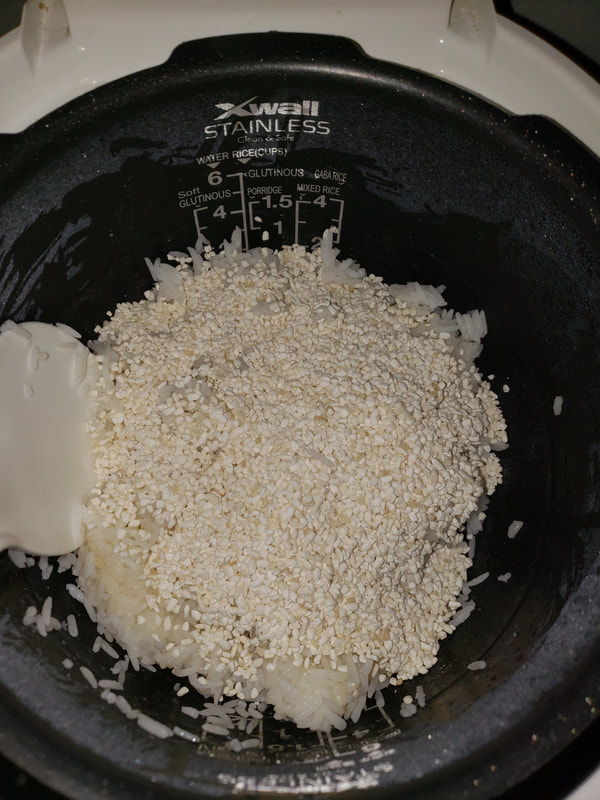
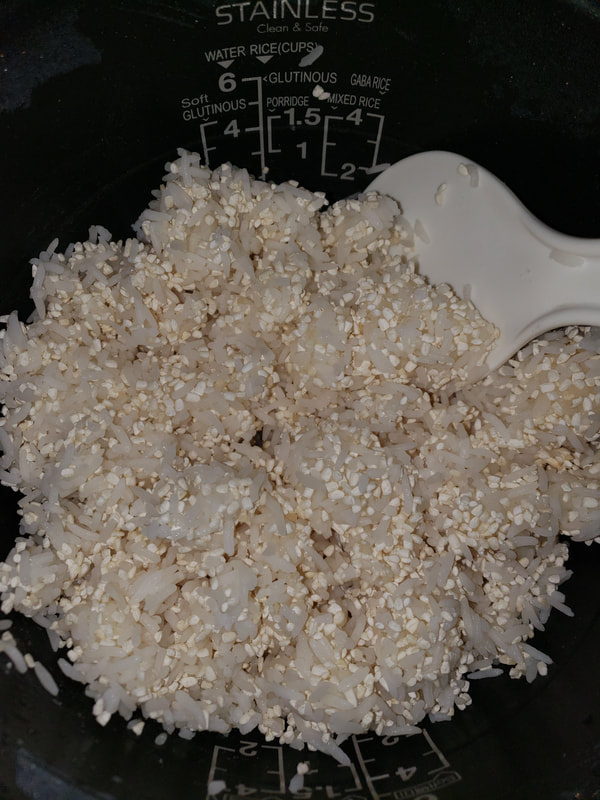
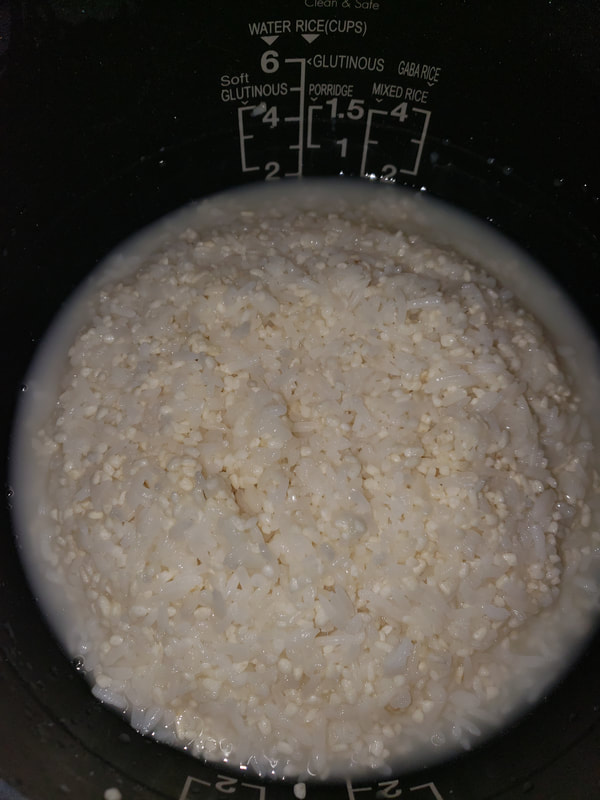
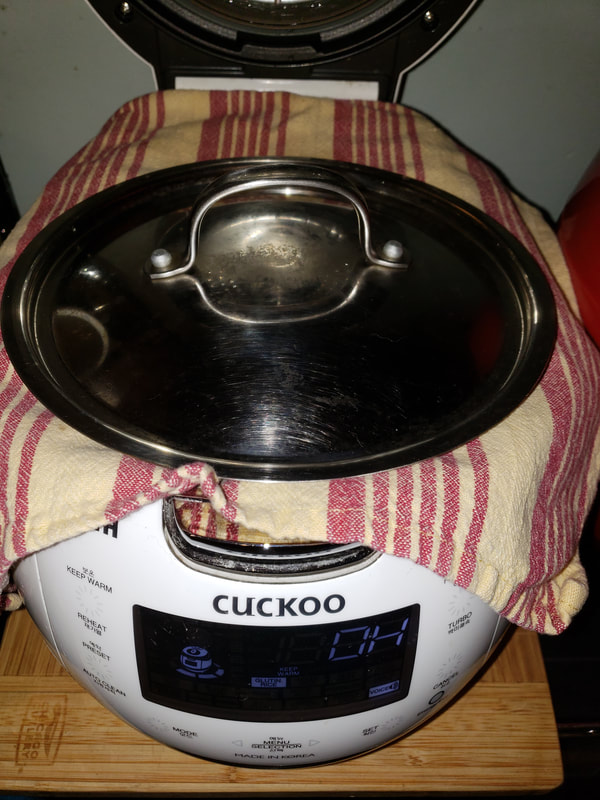
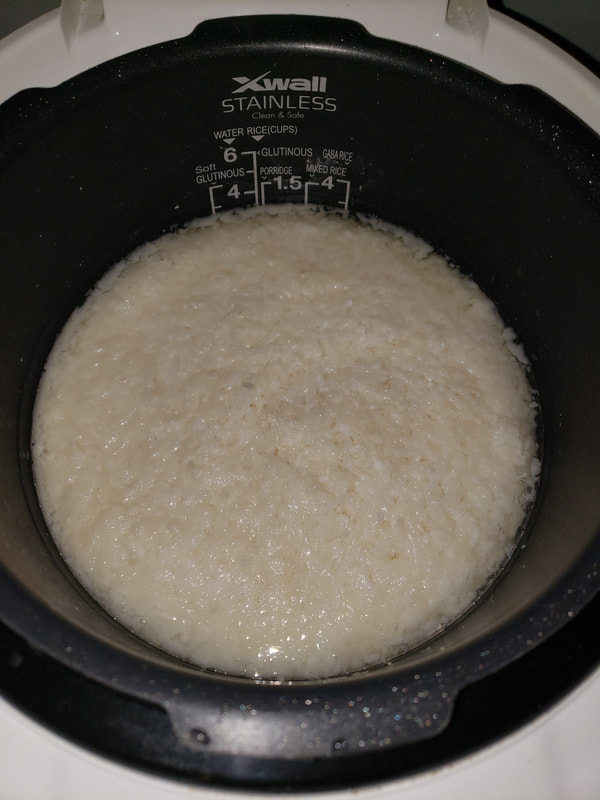
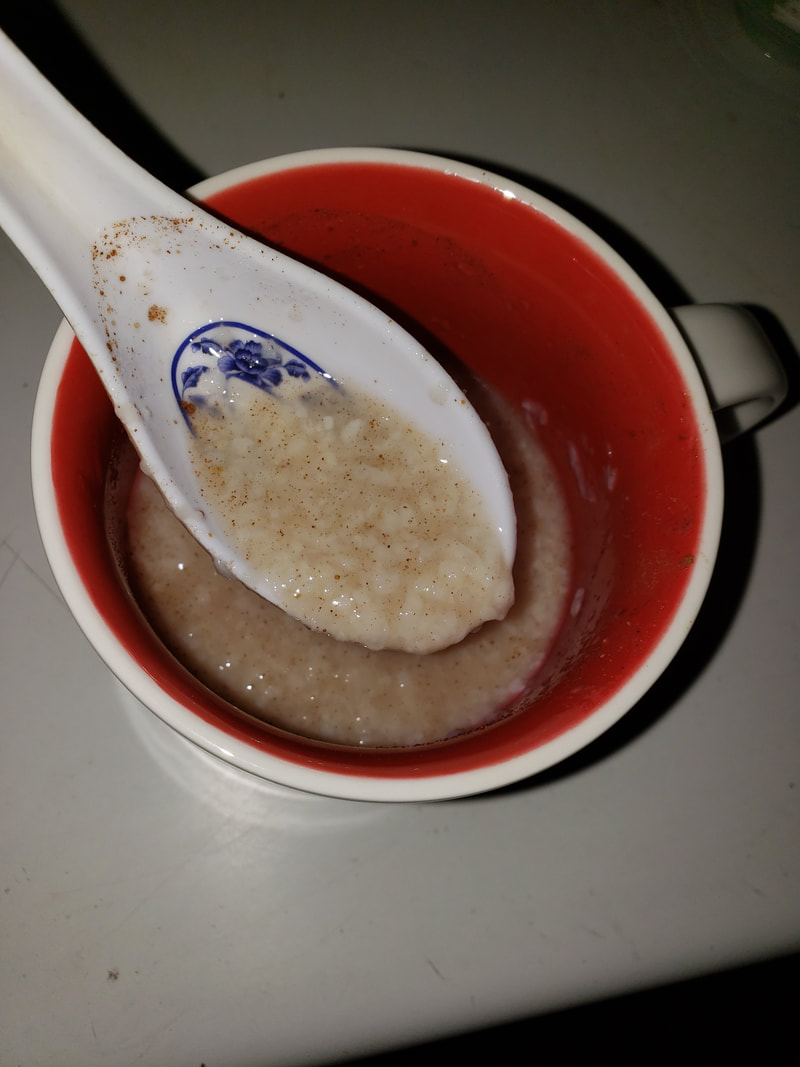
 RSS Feed
RSS Feed